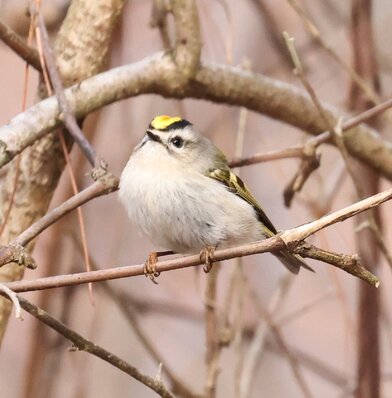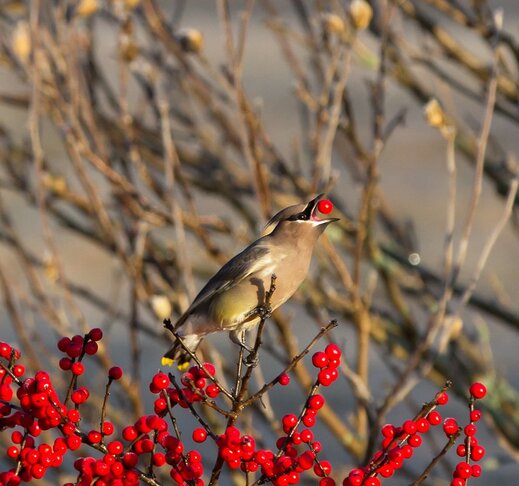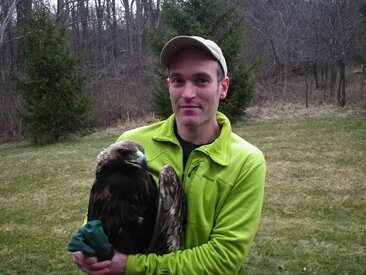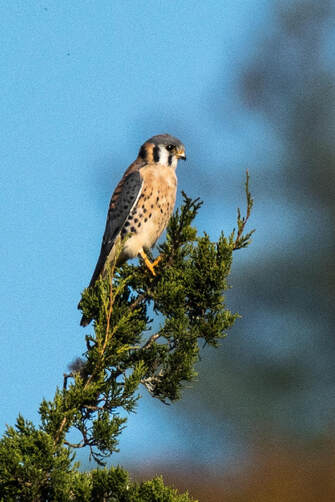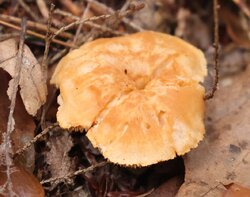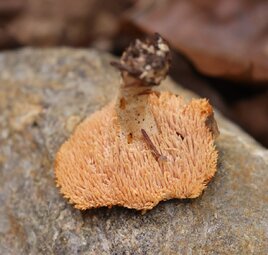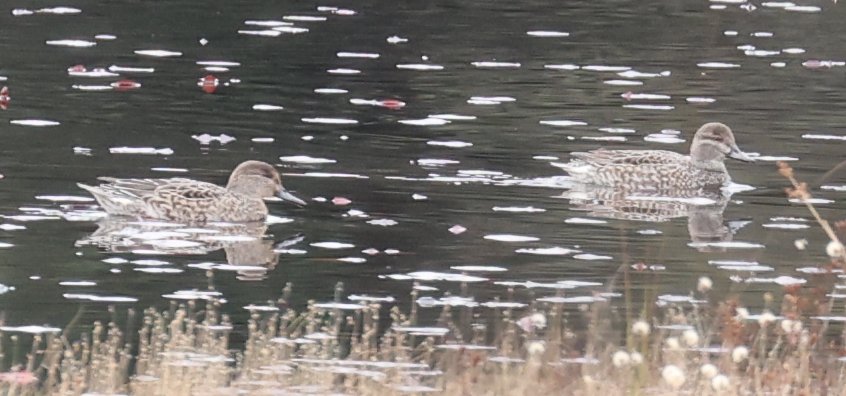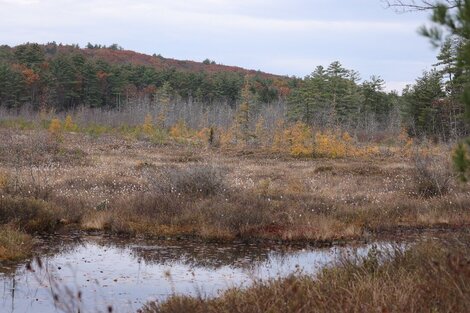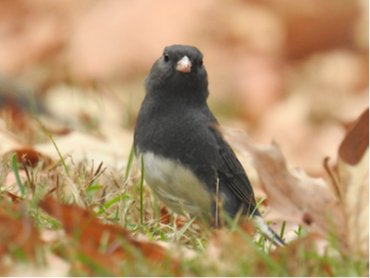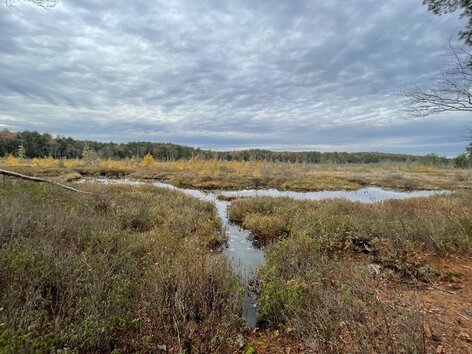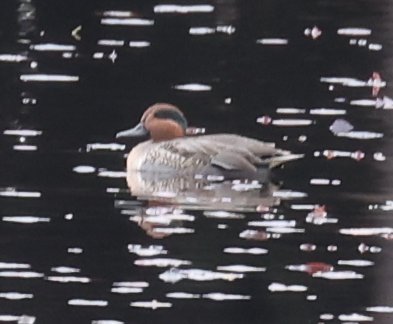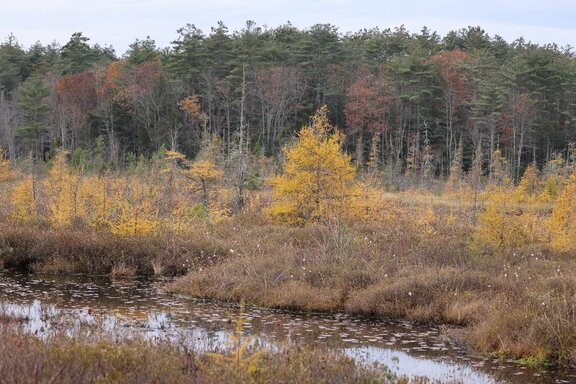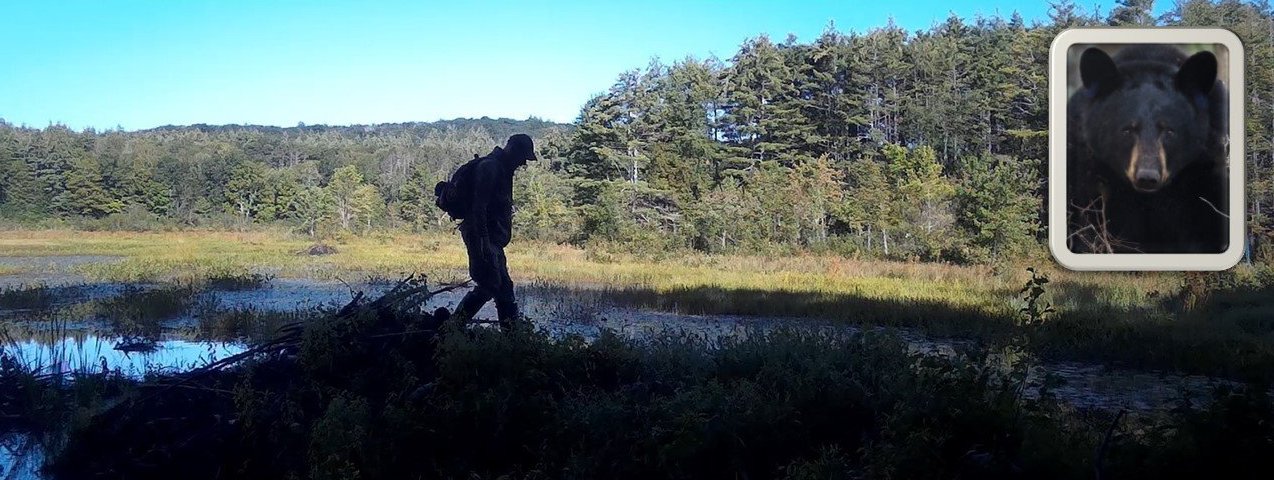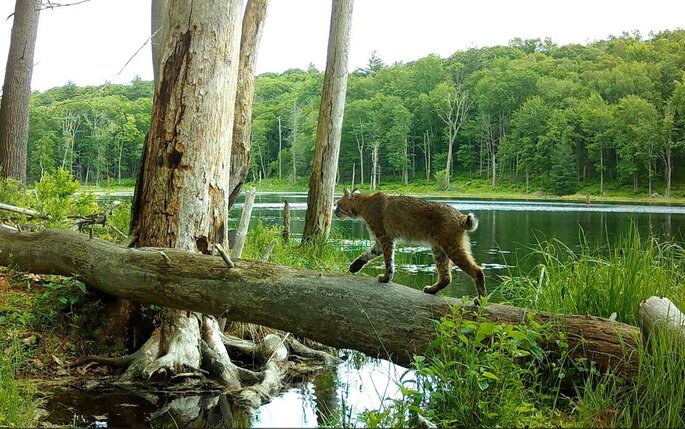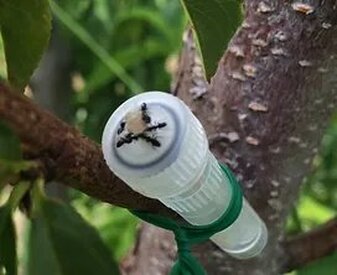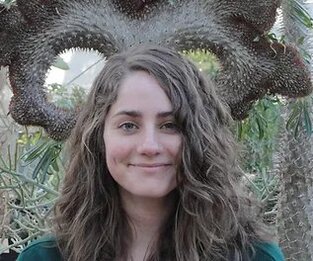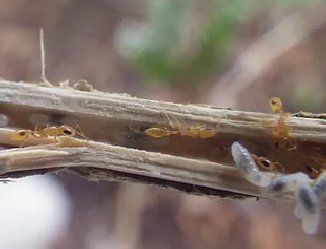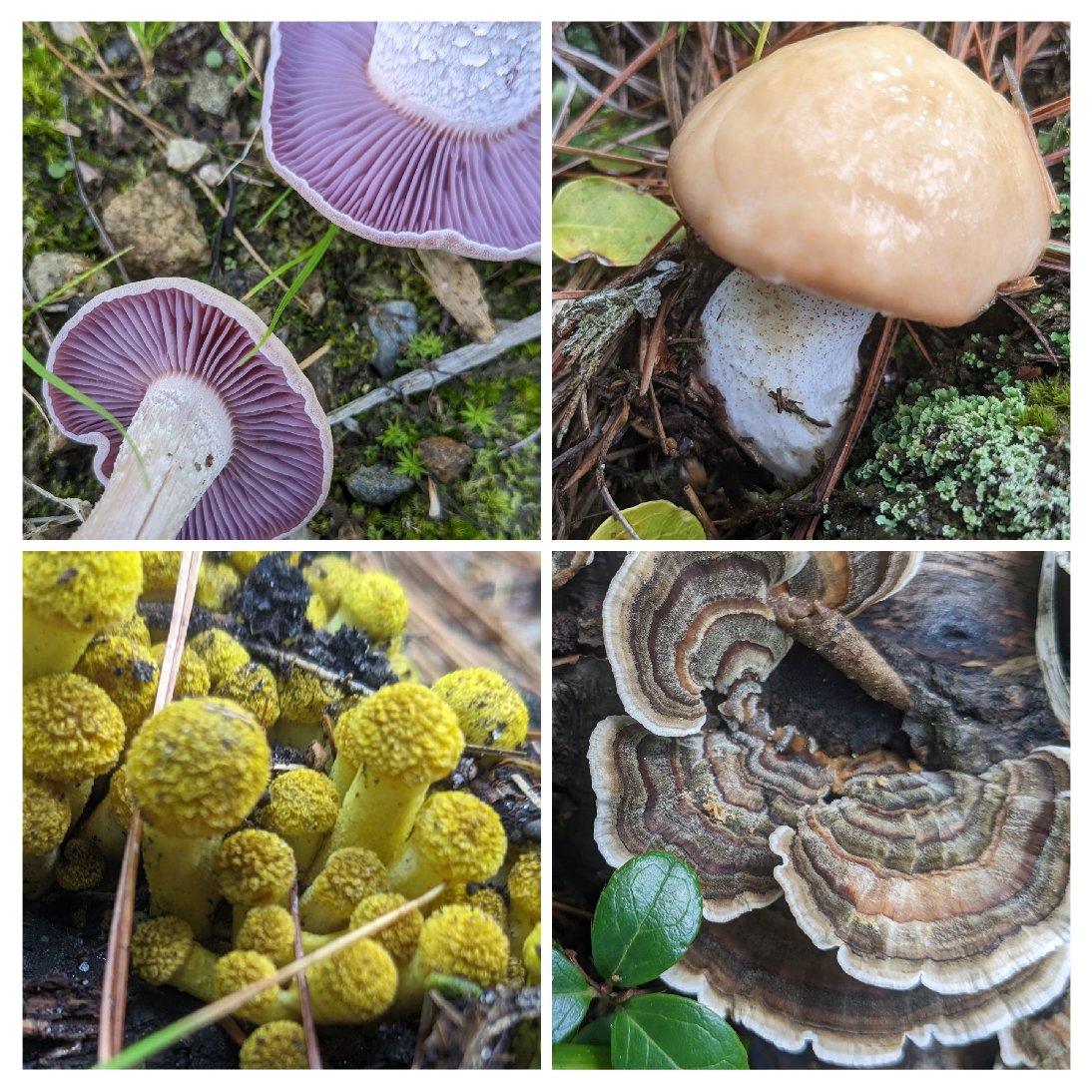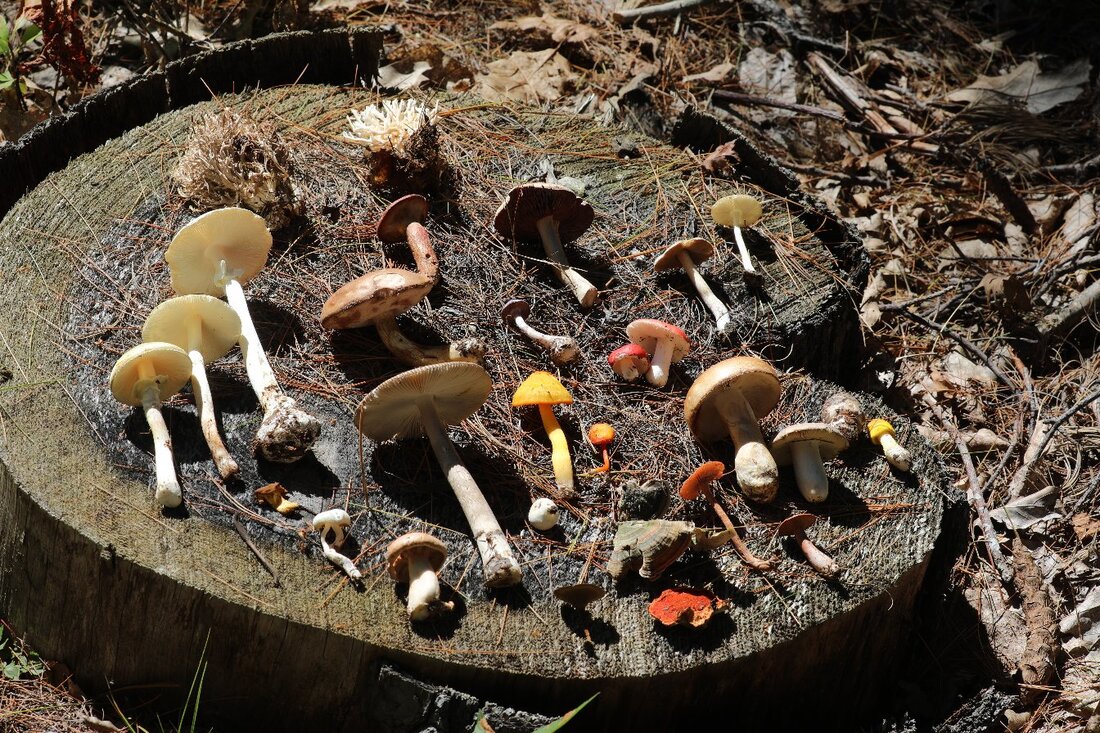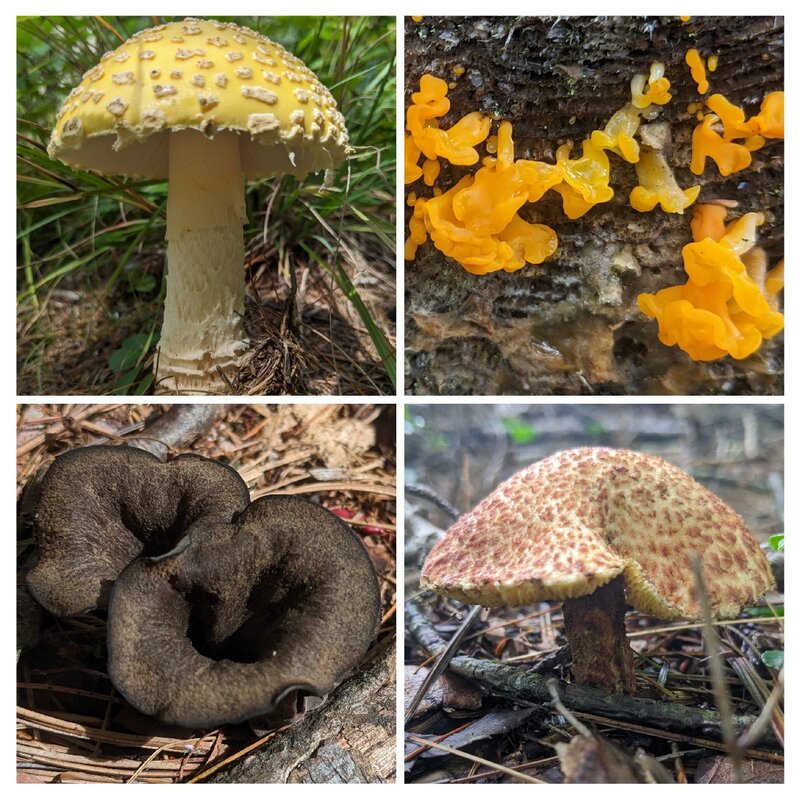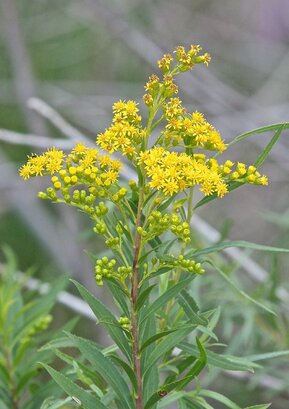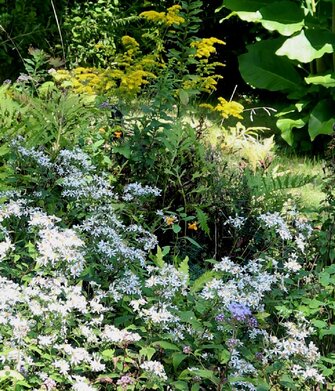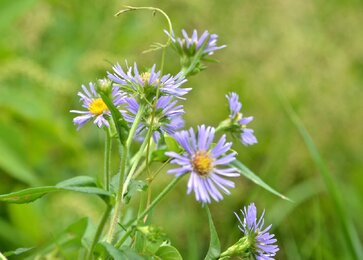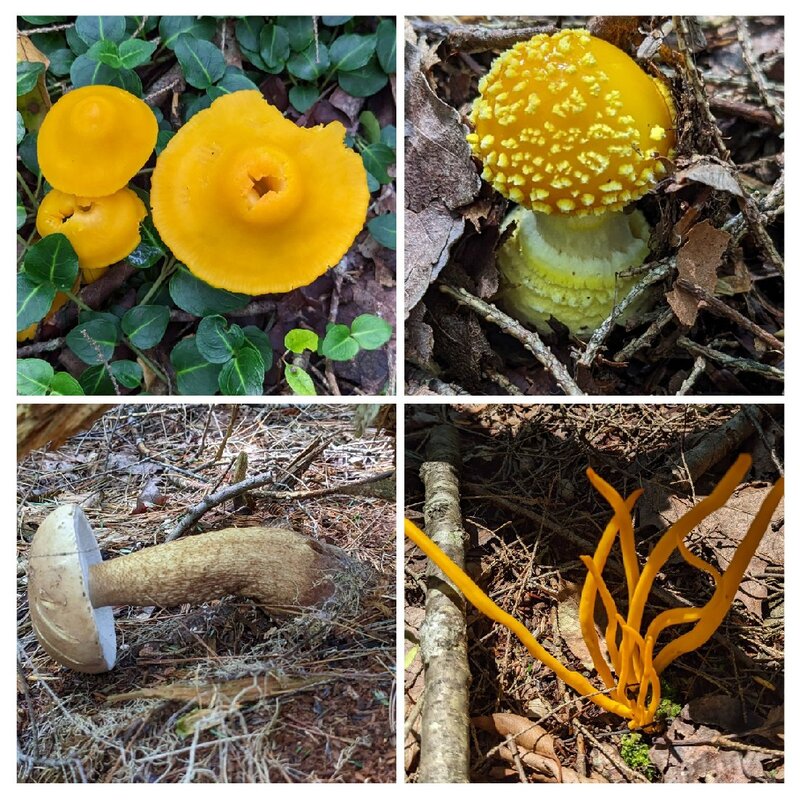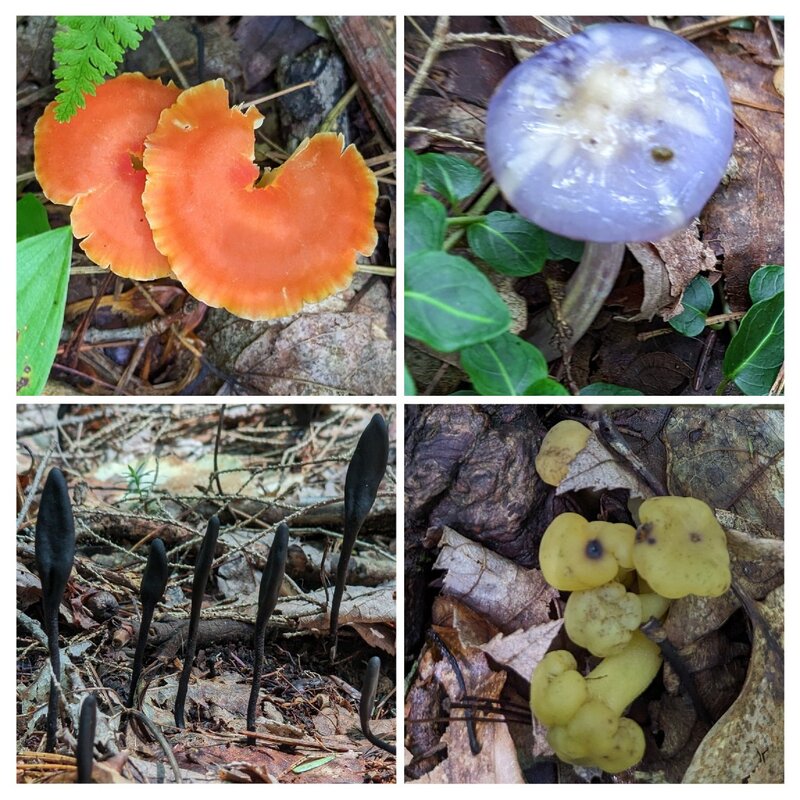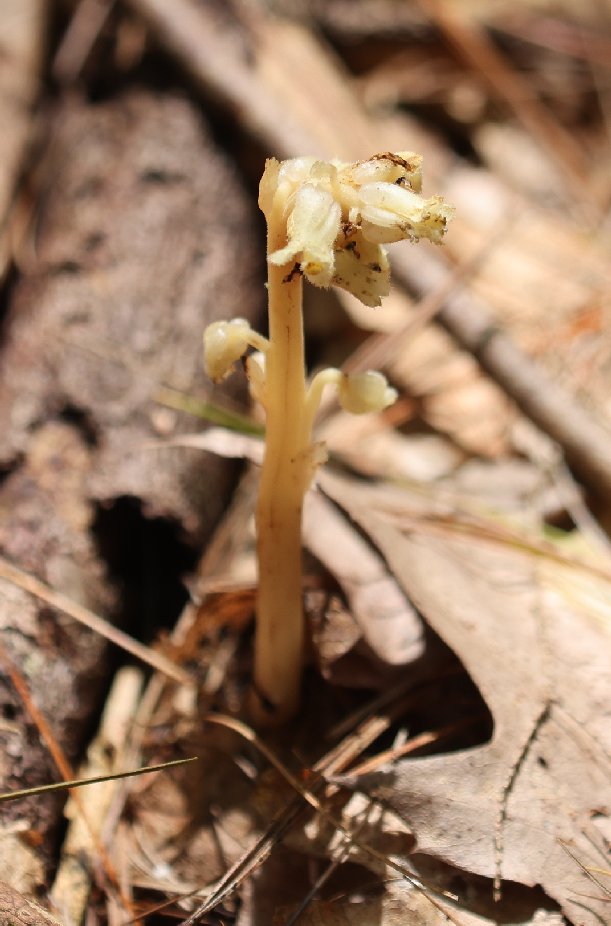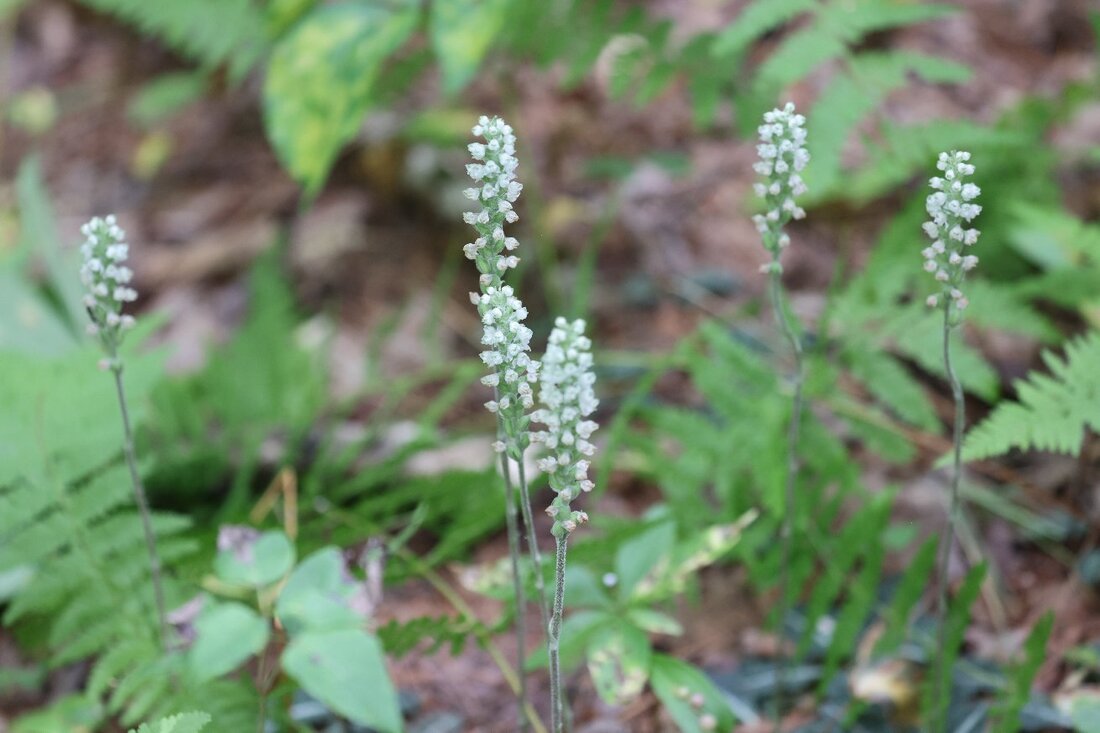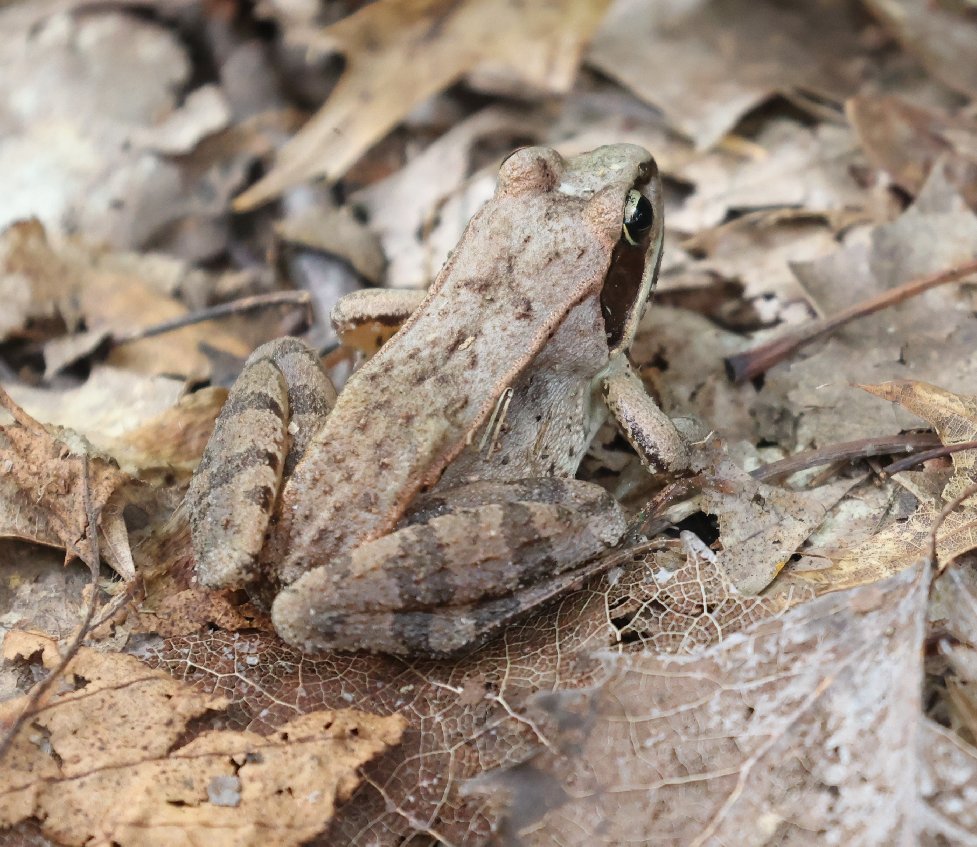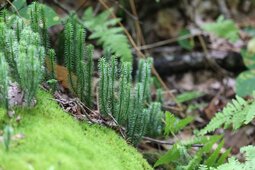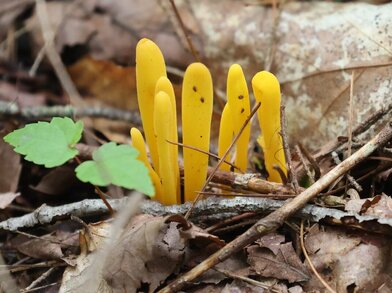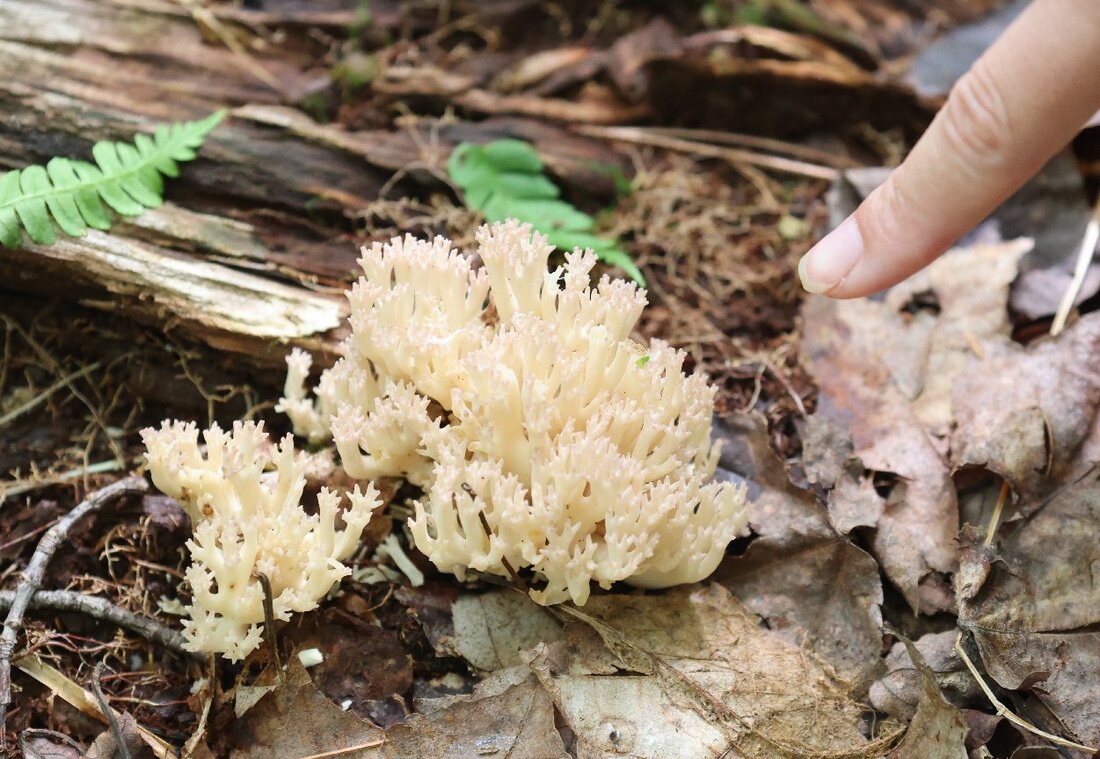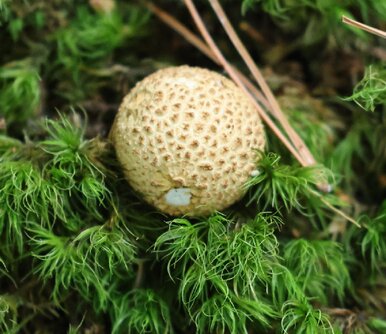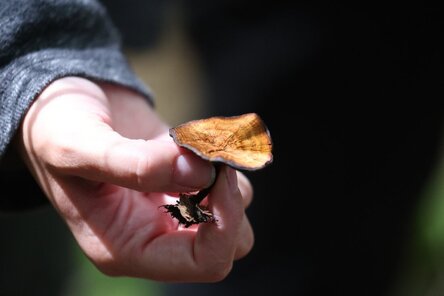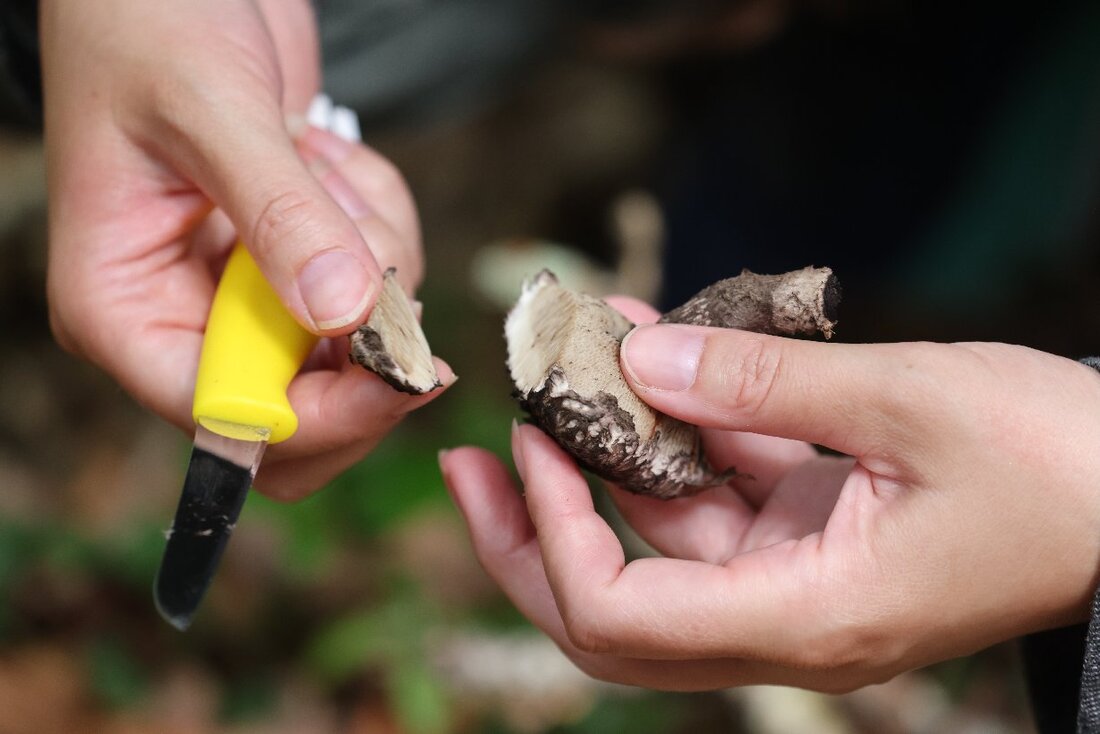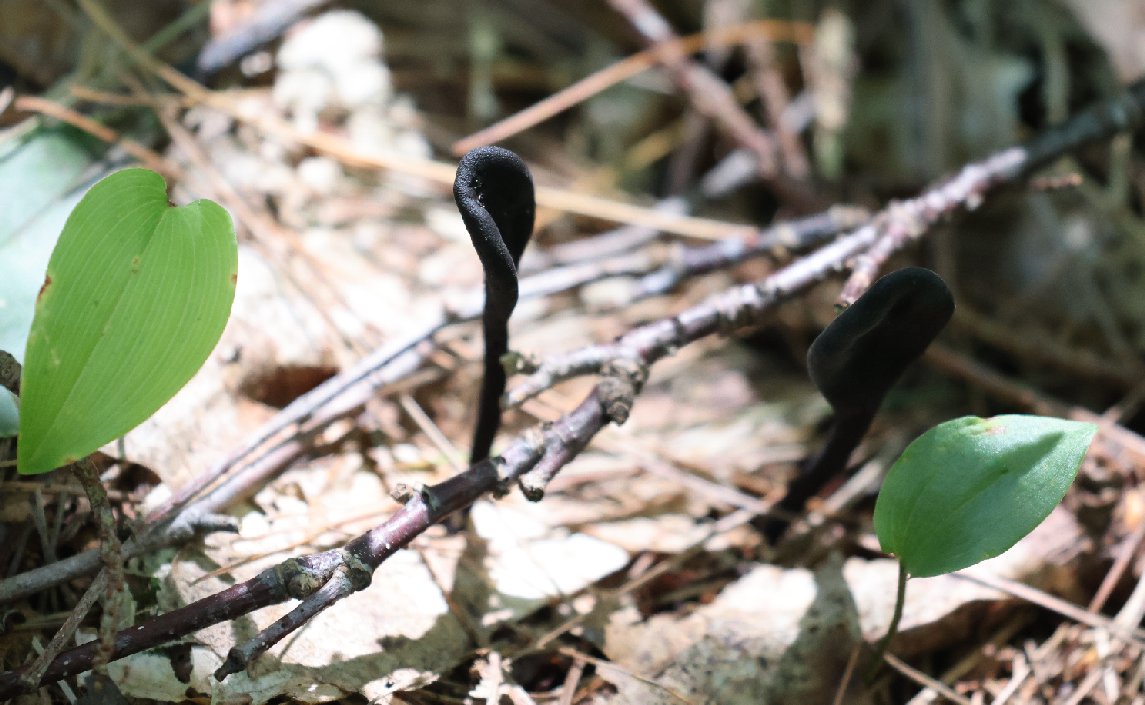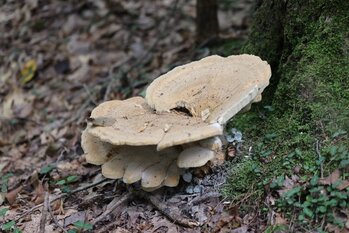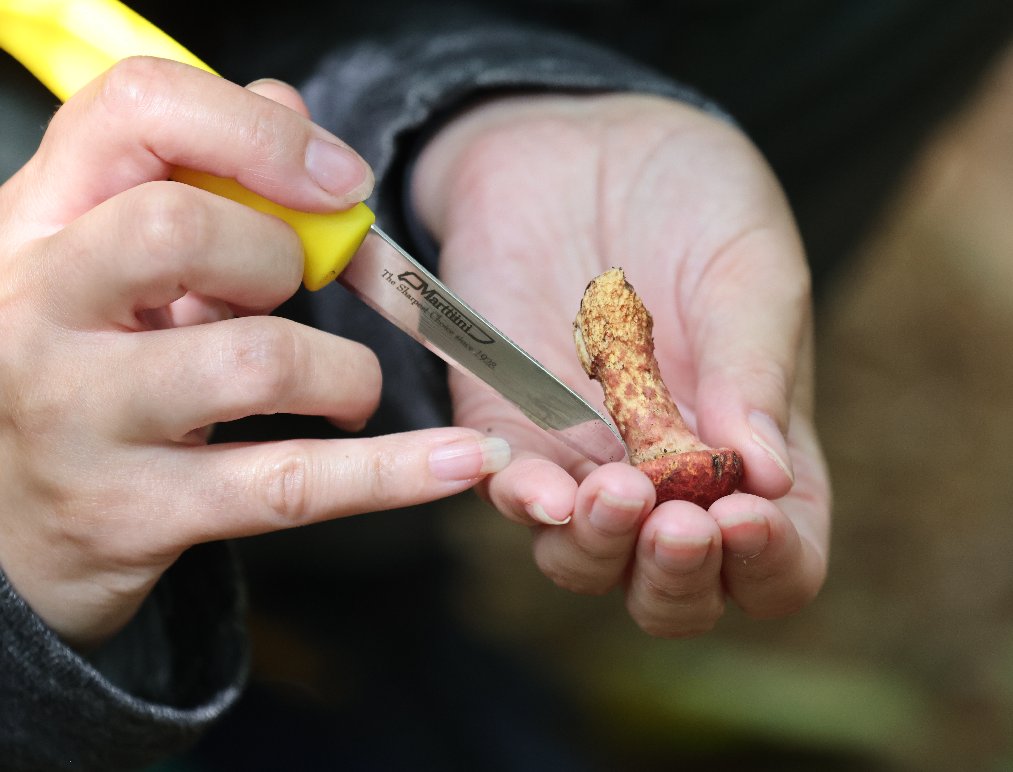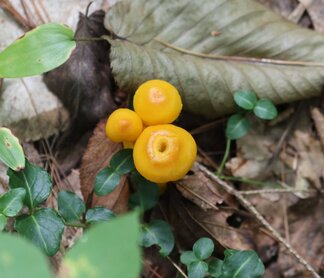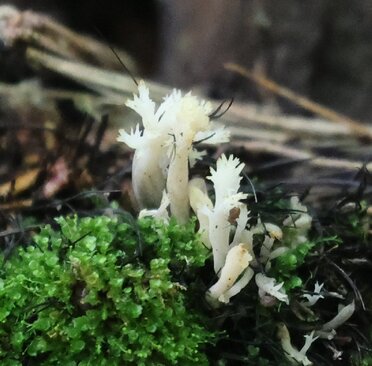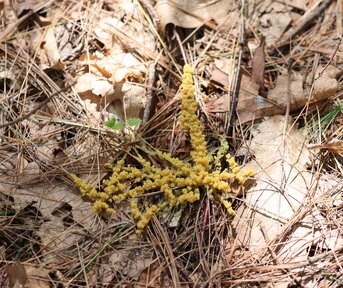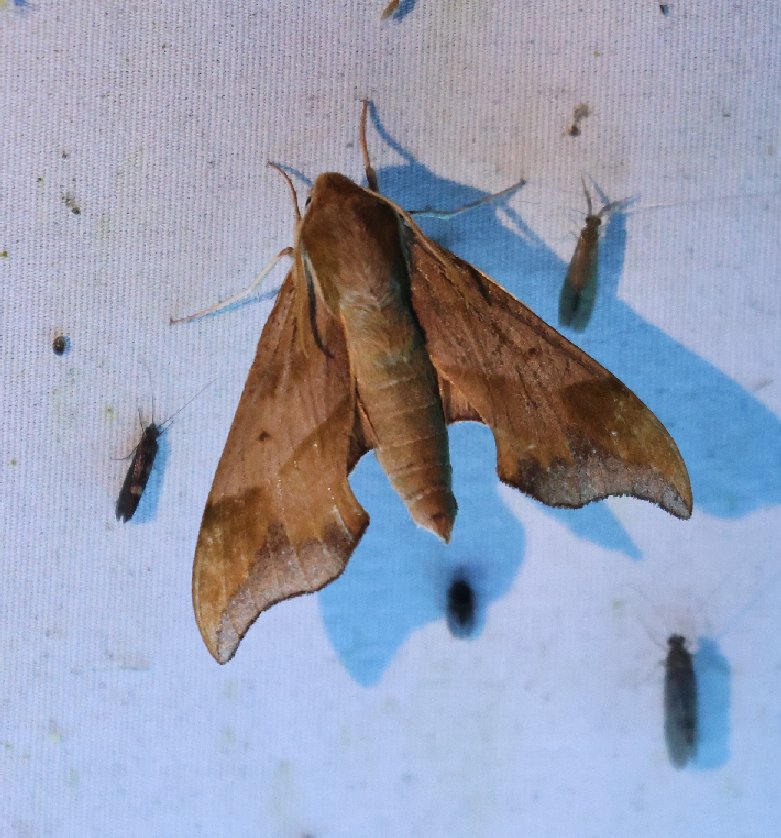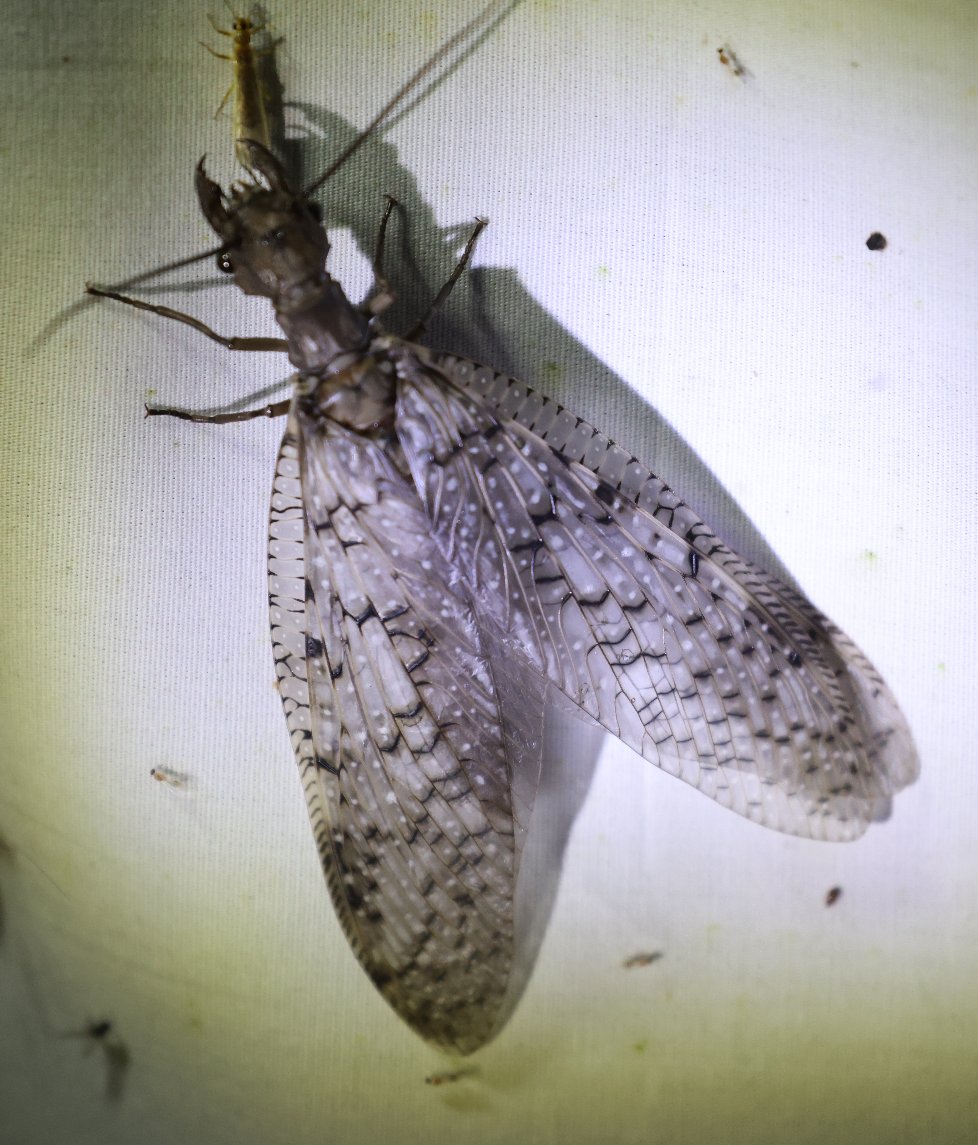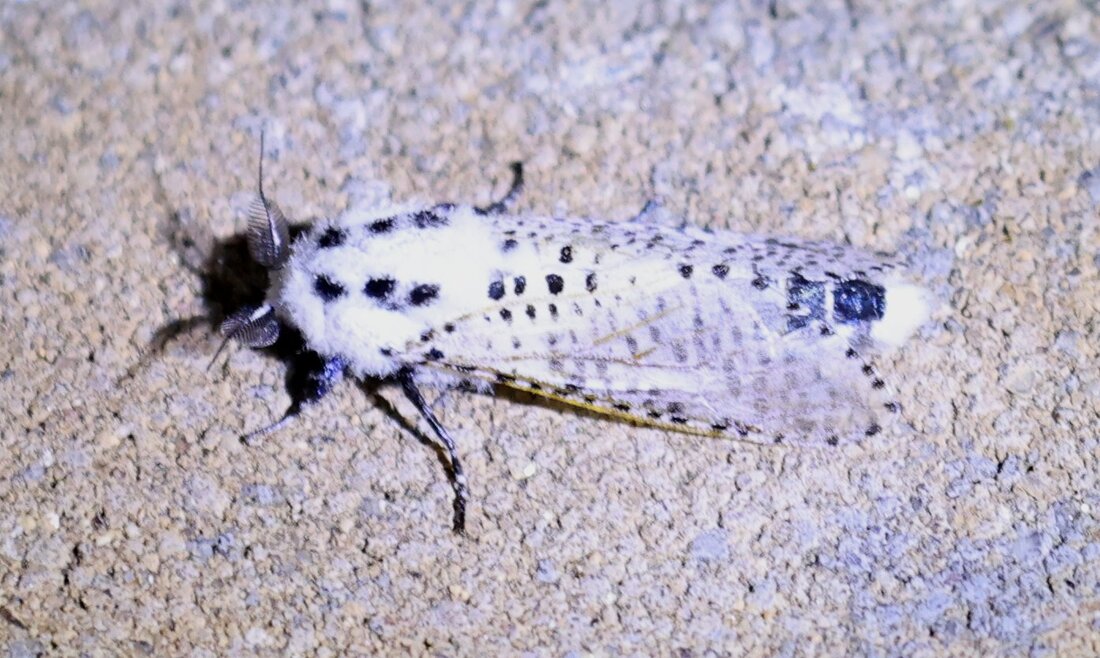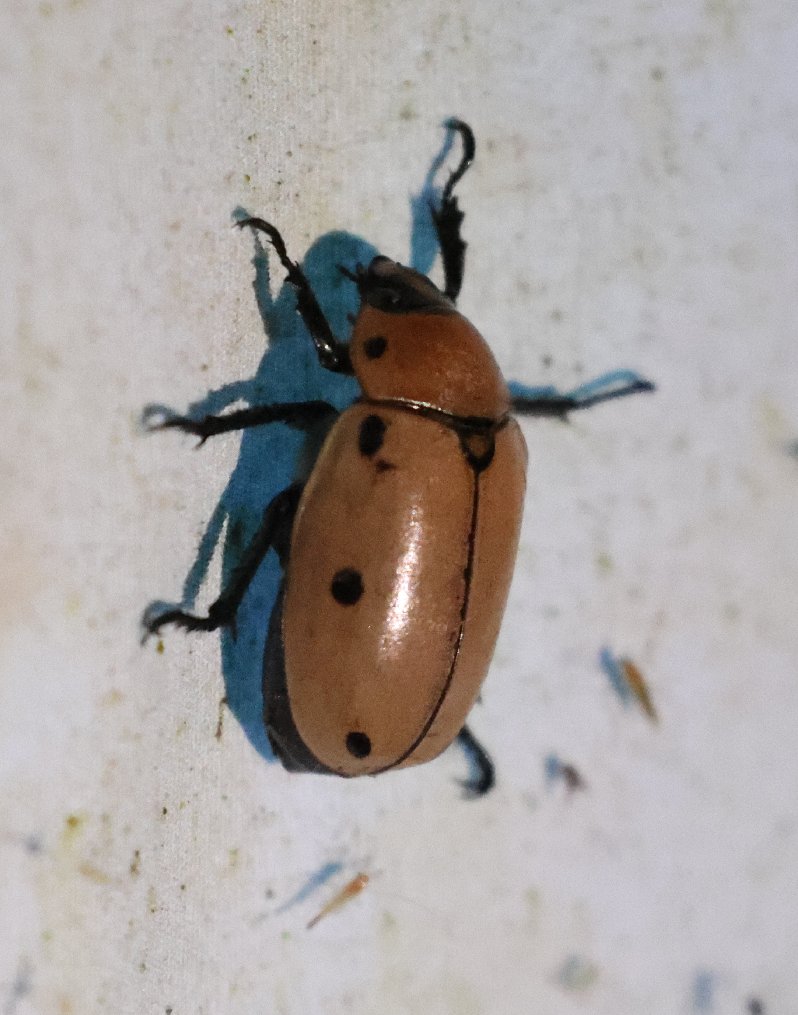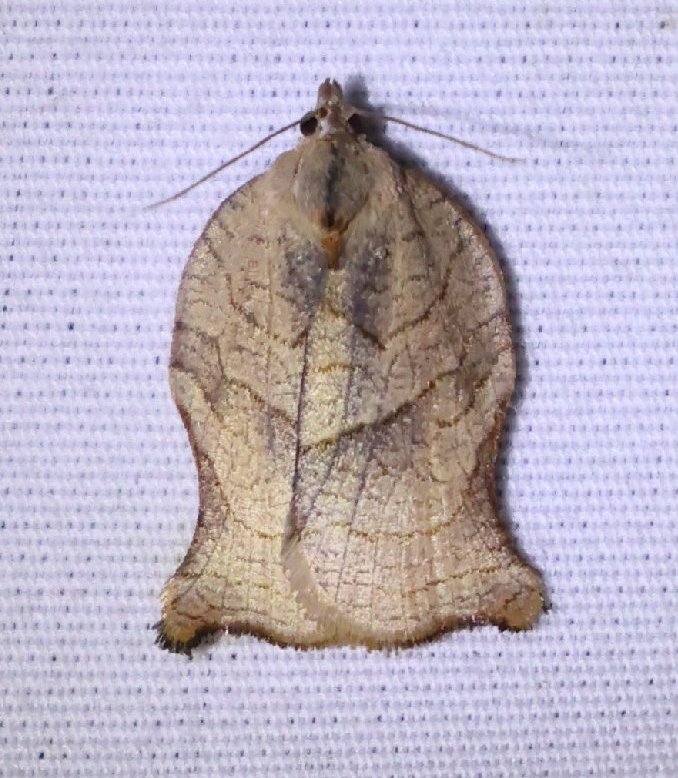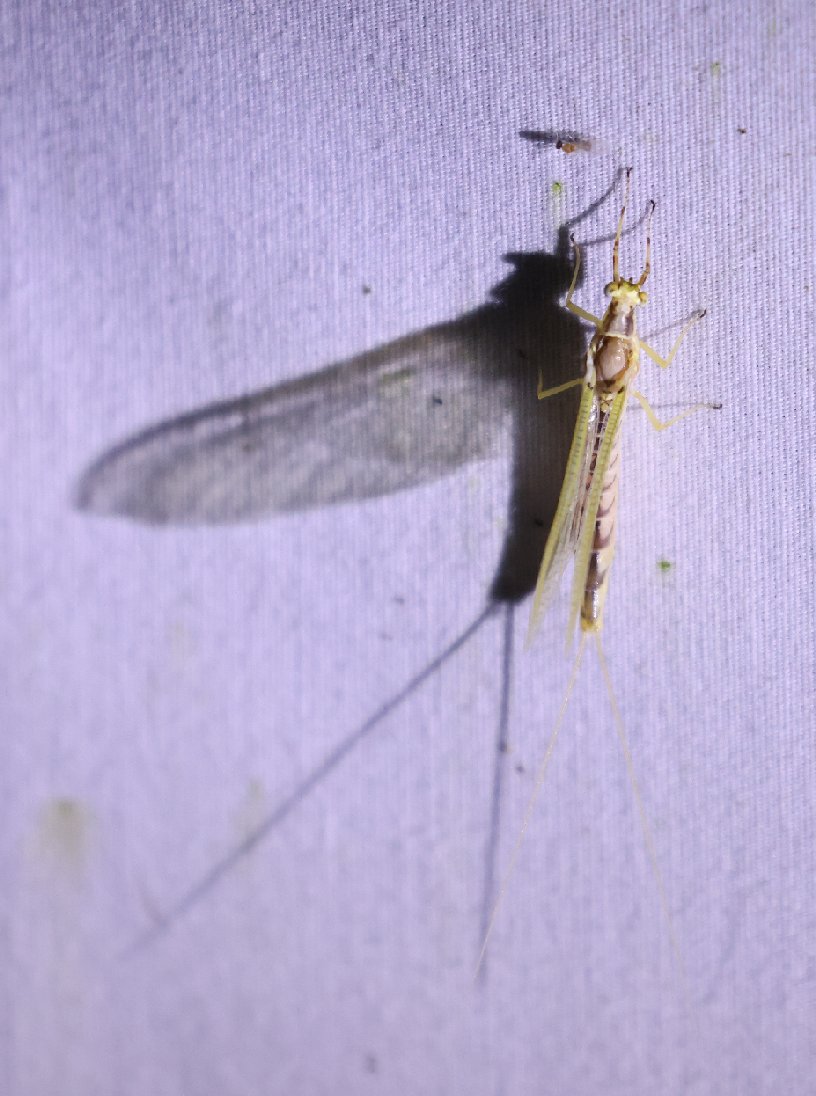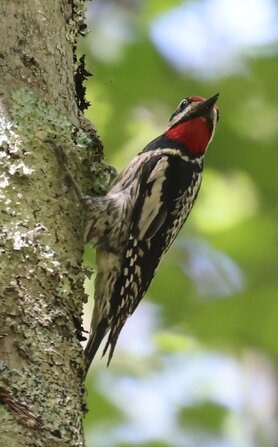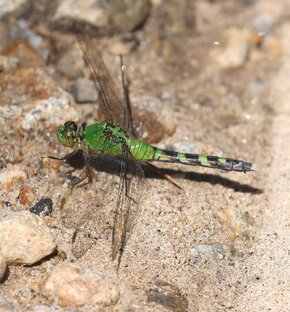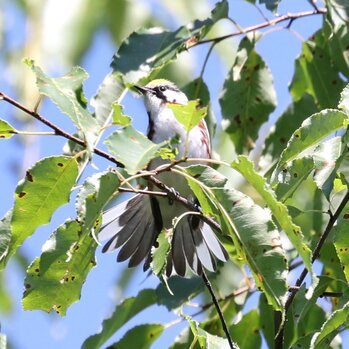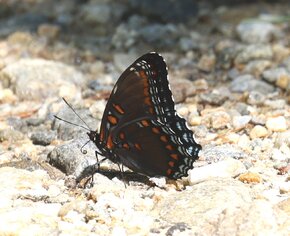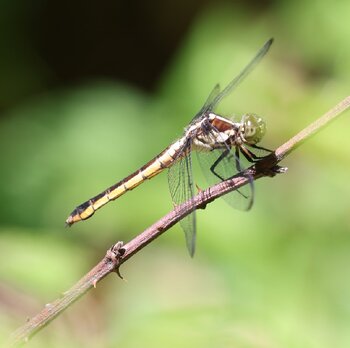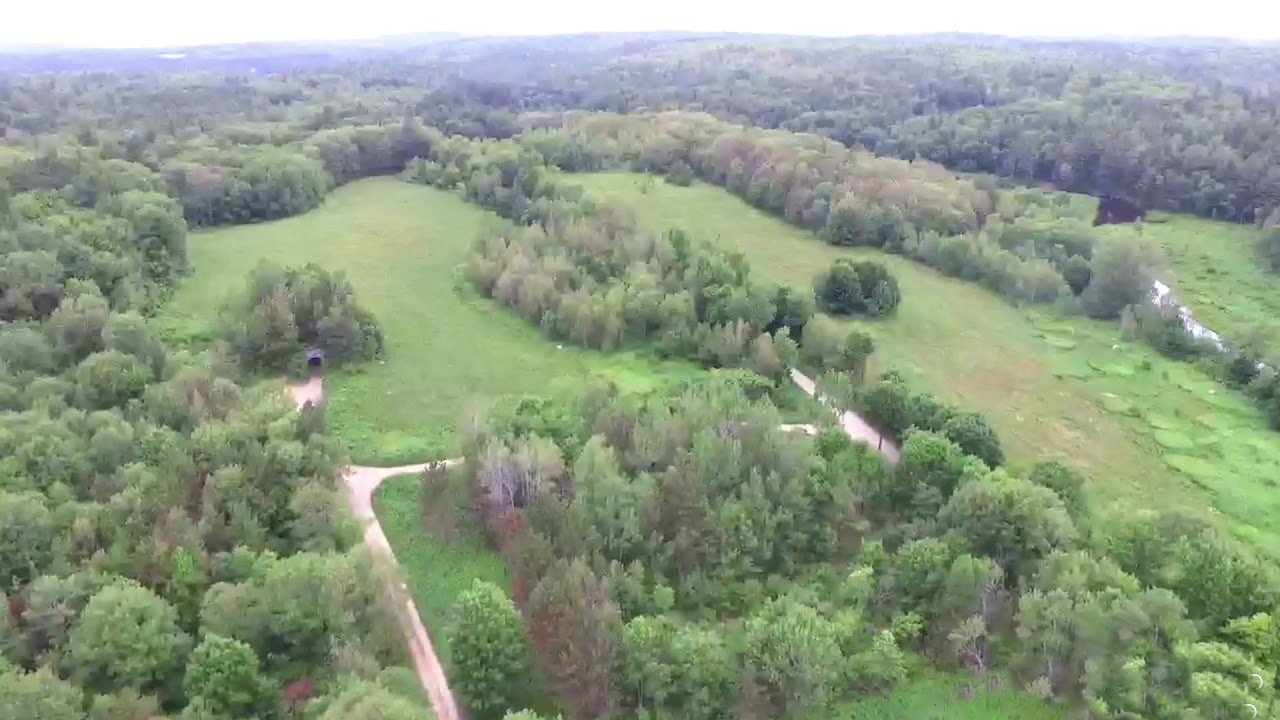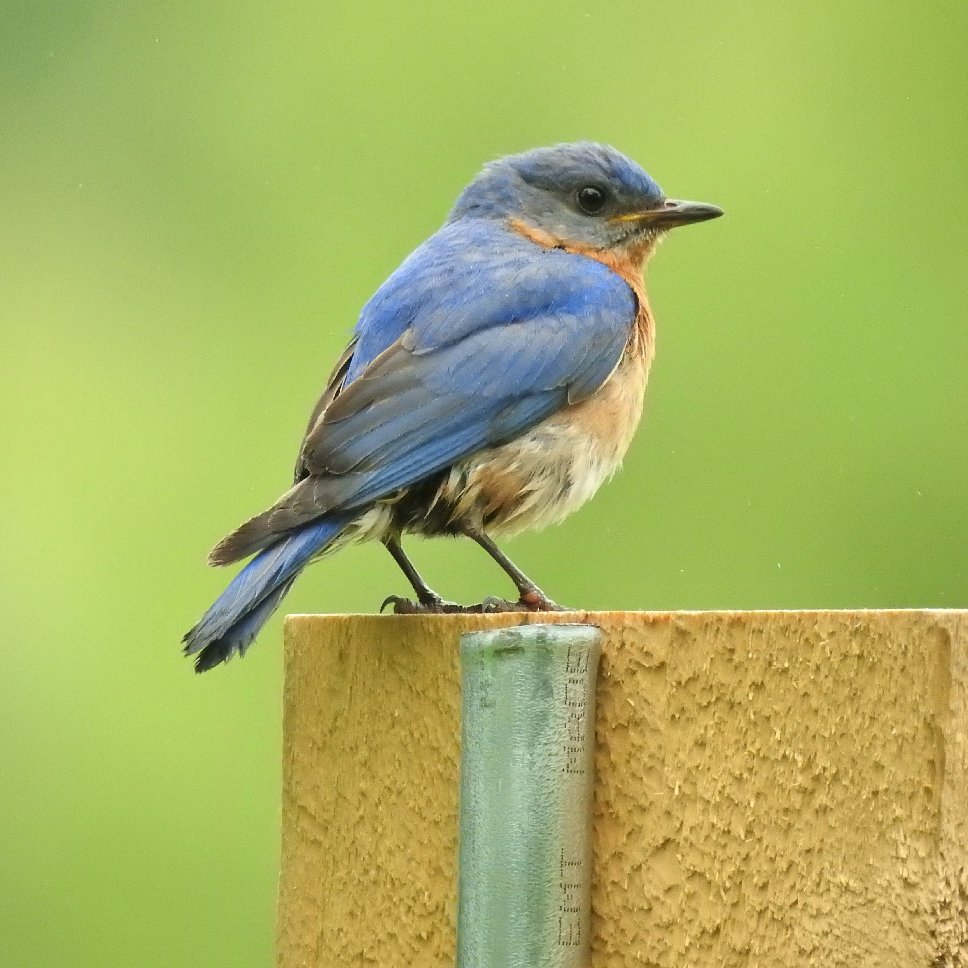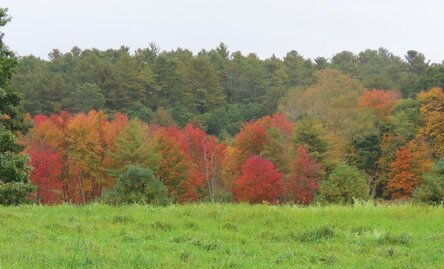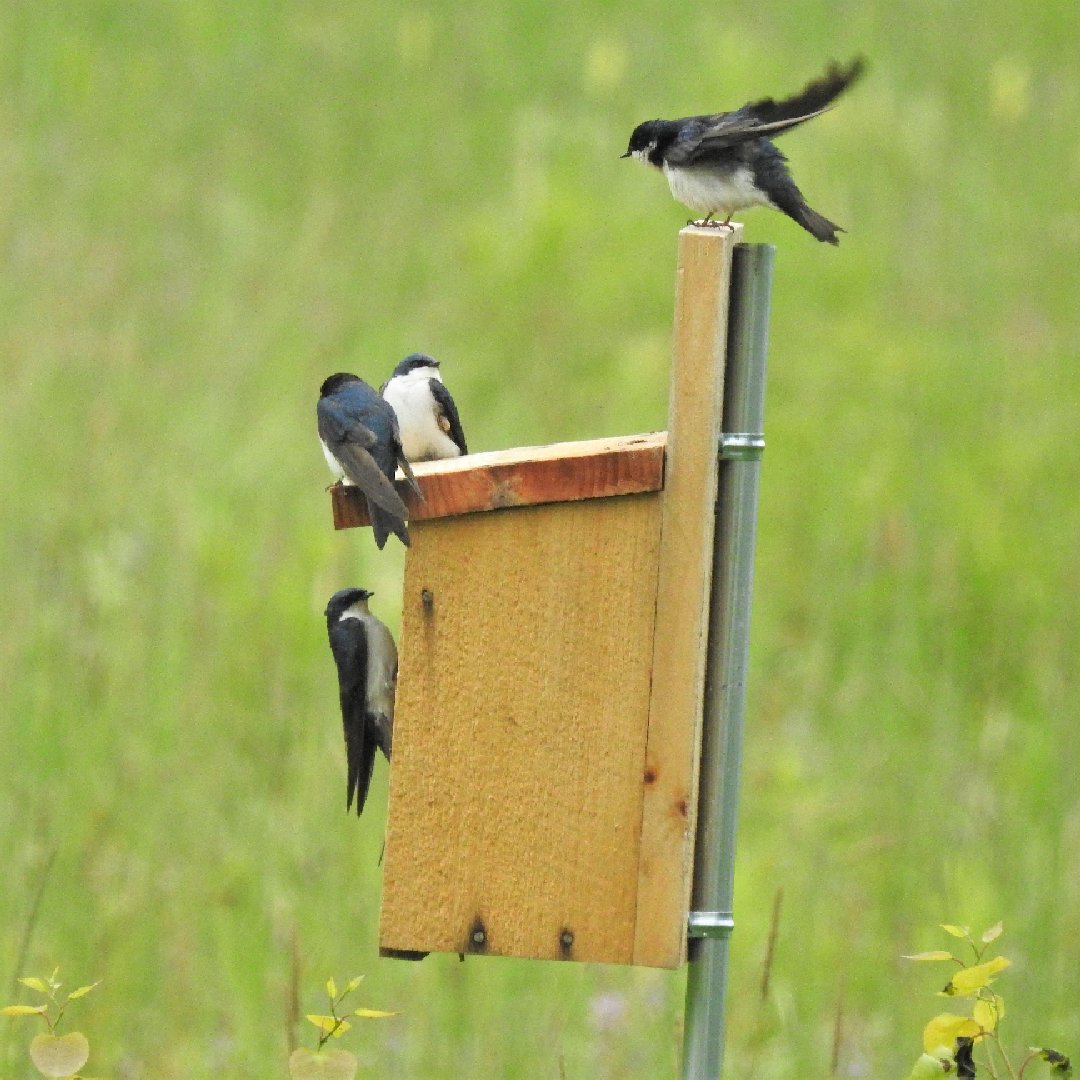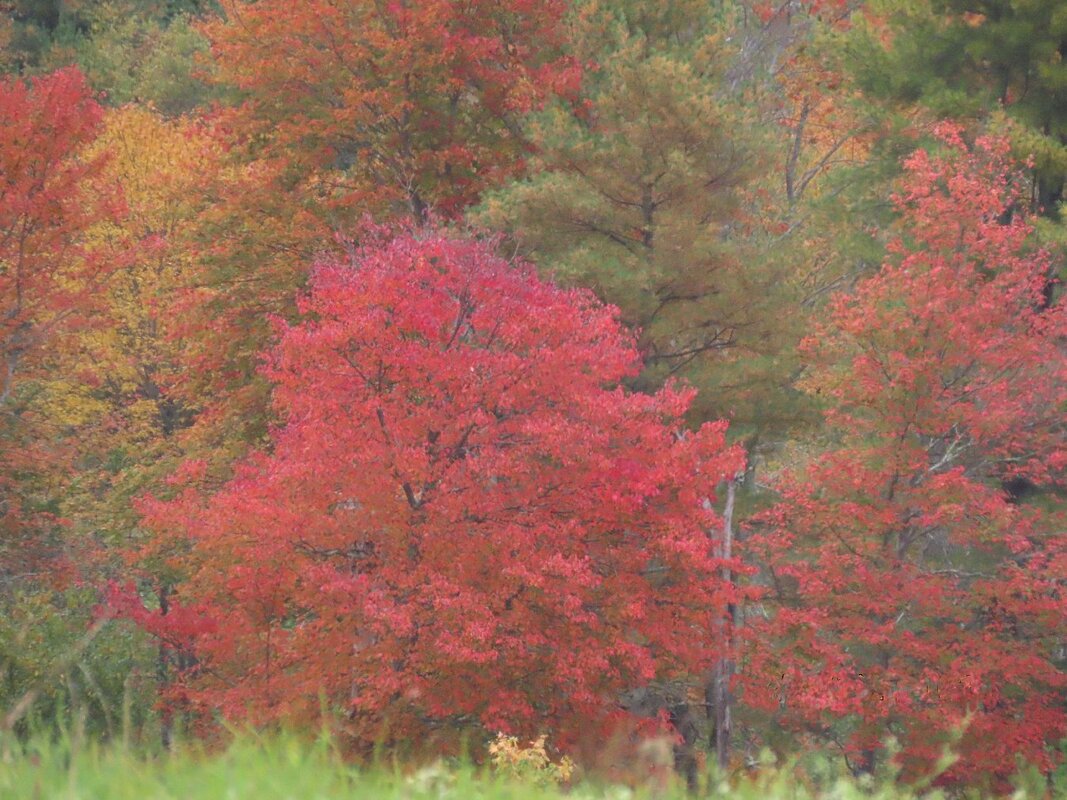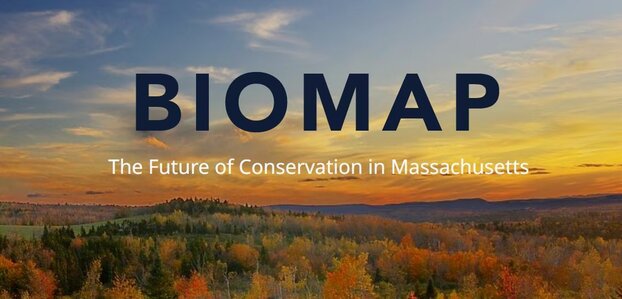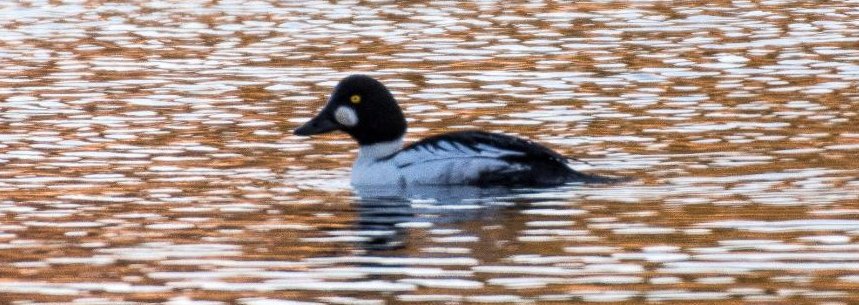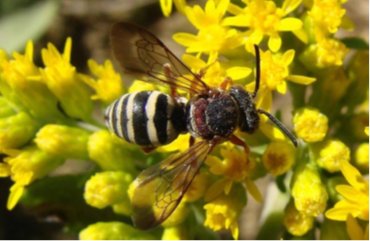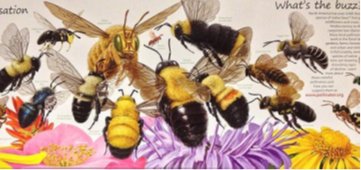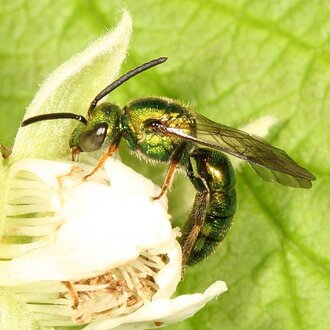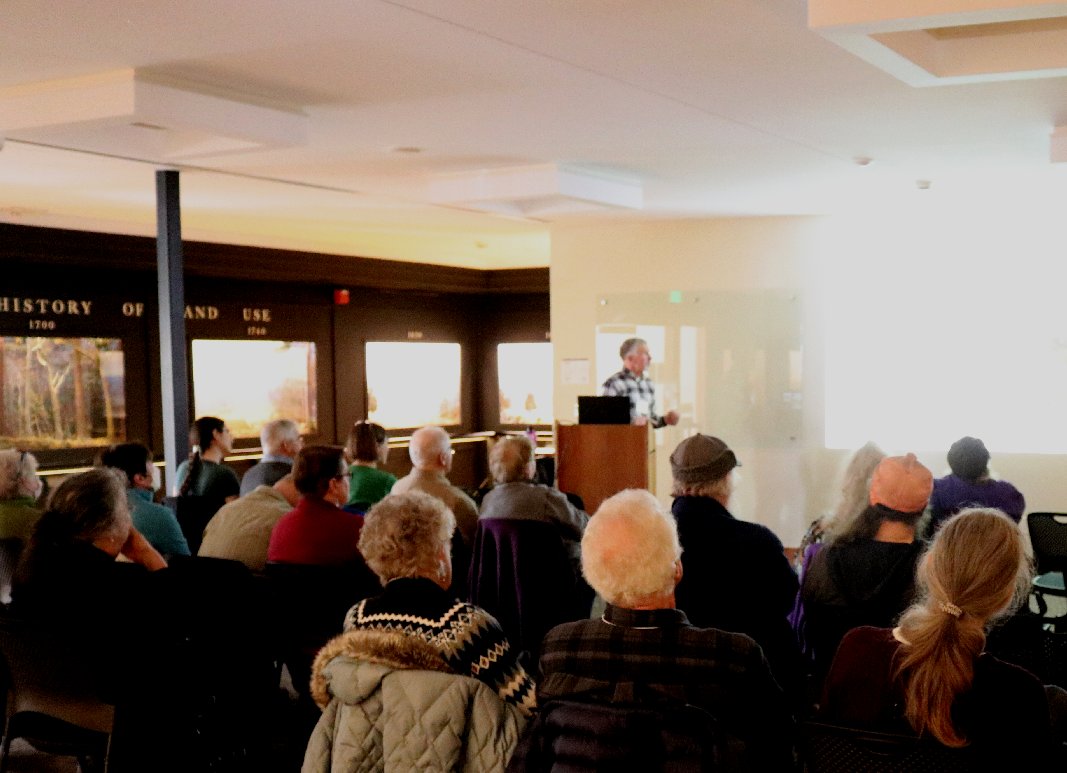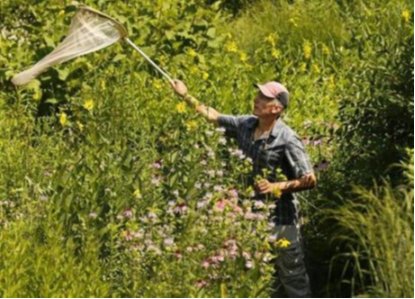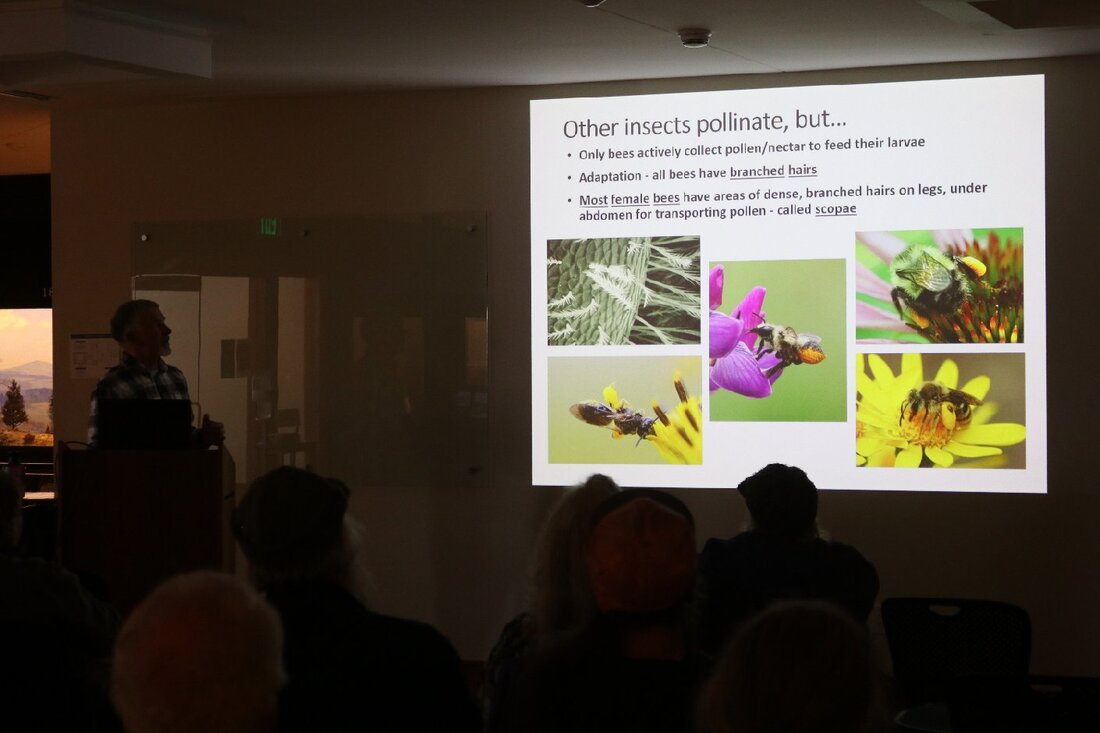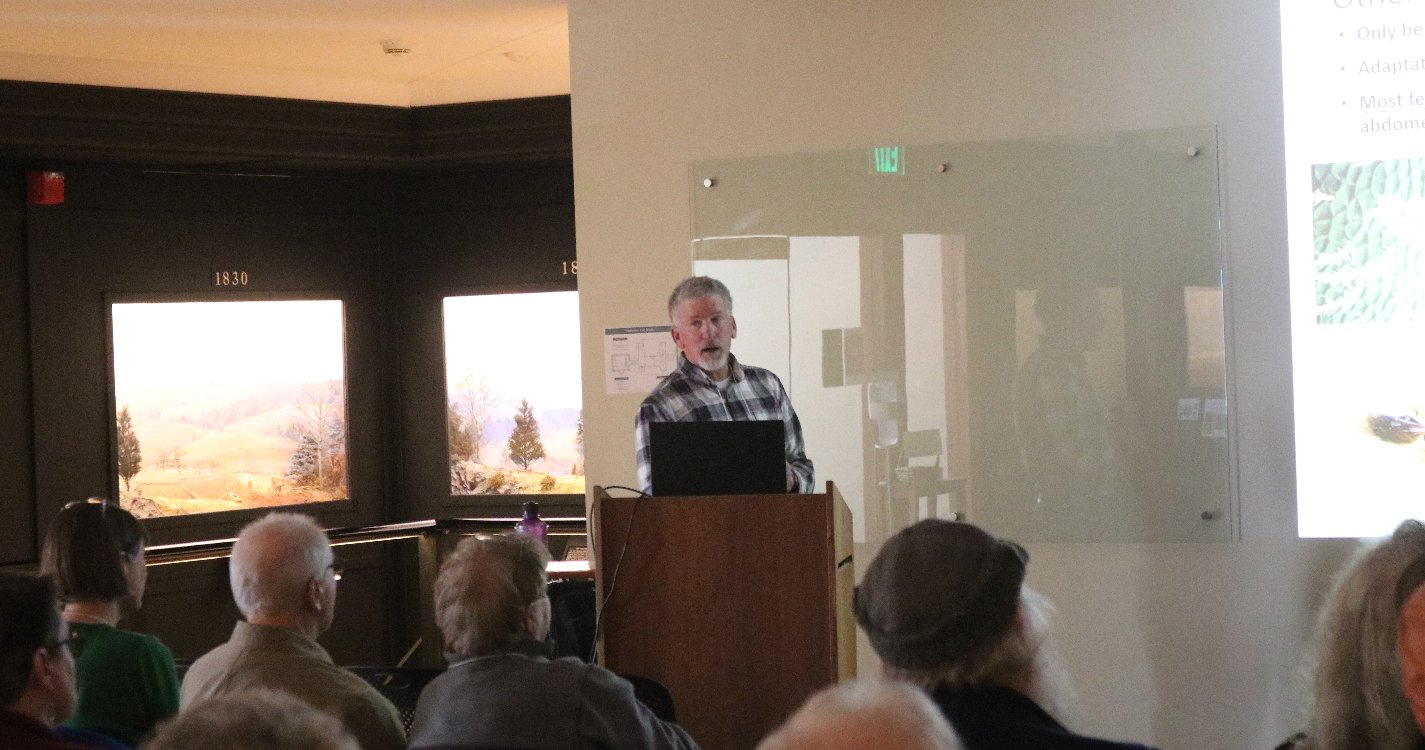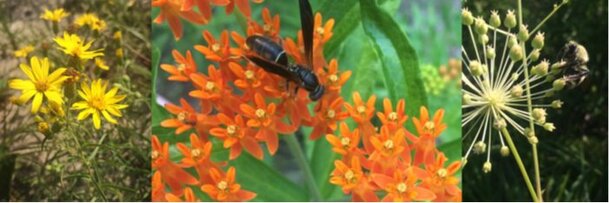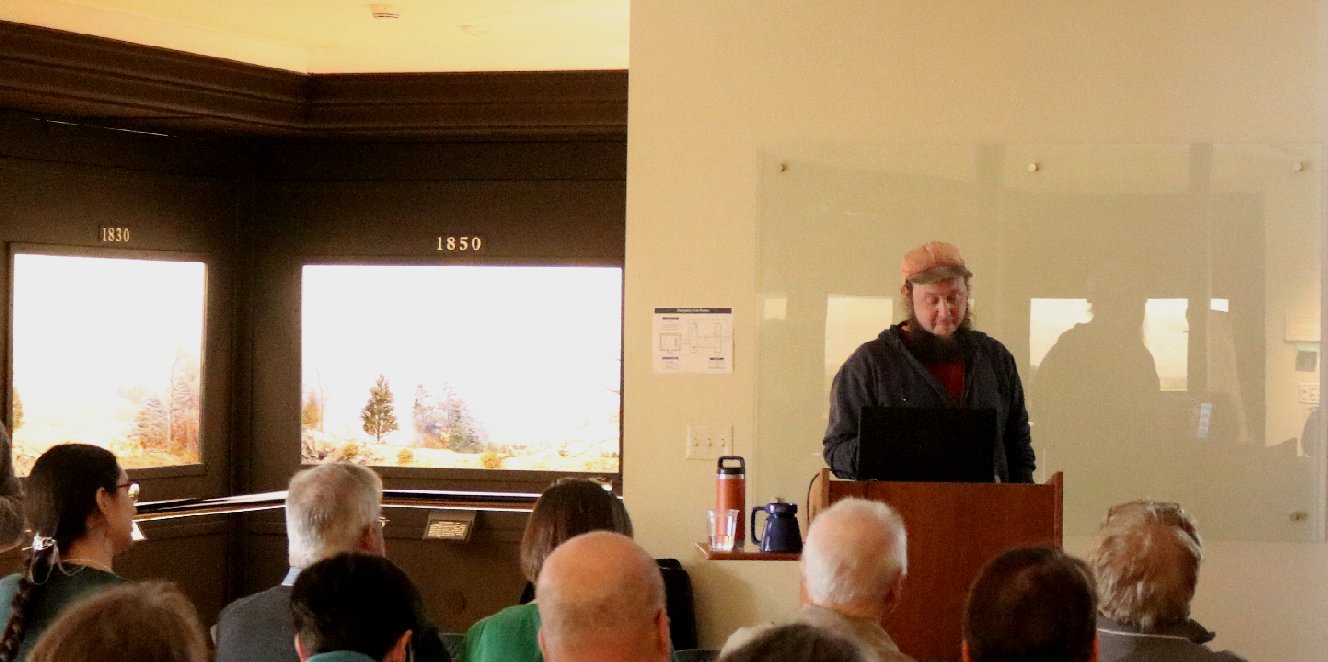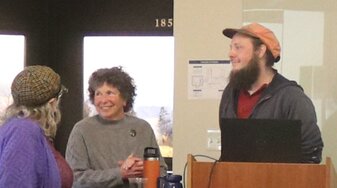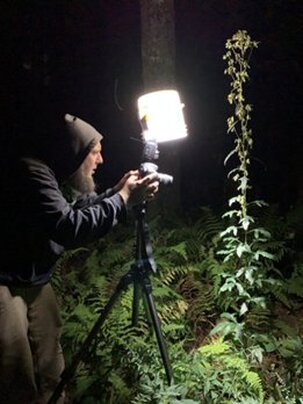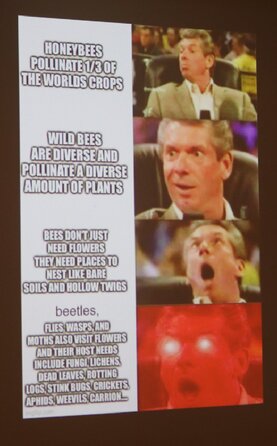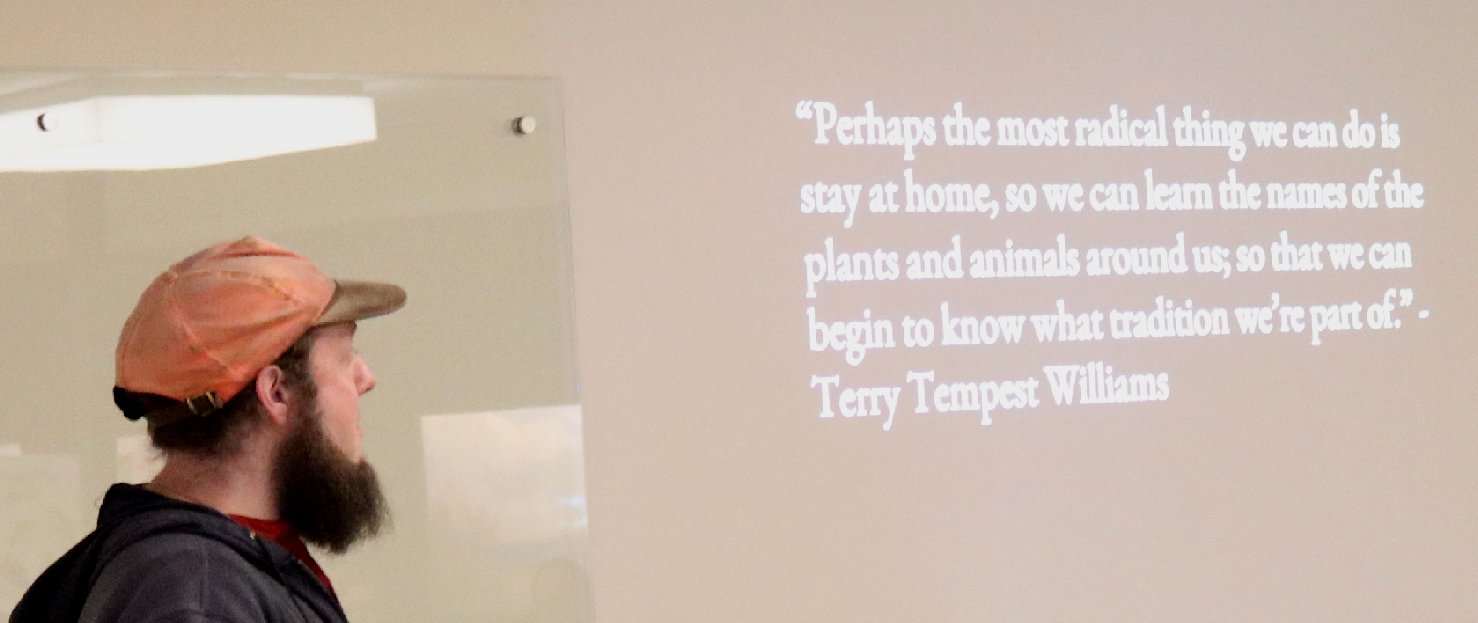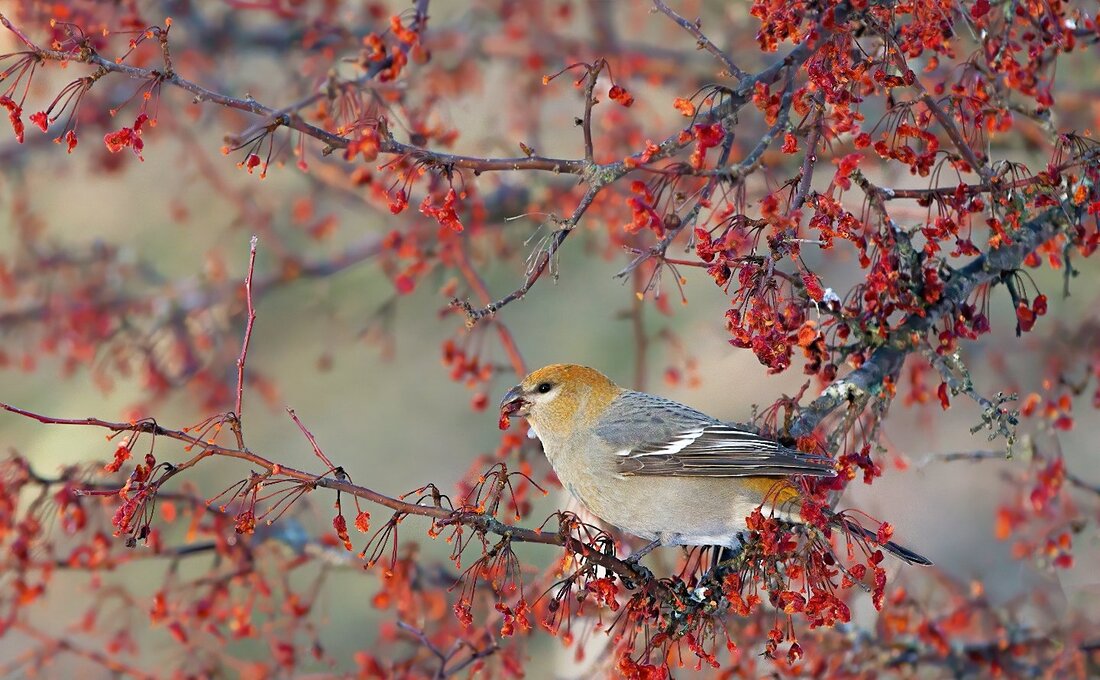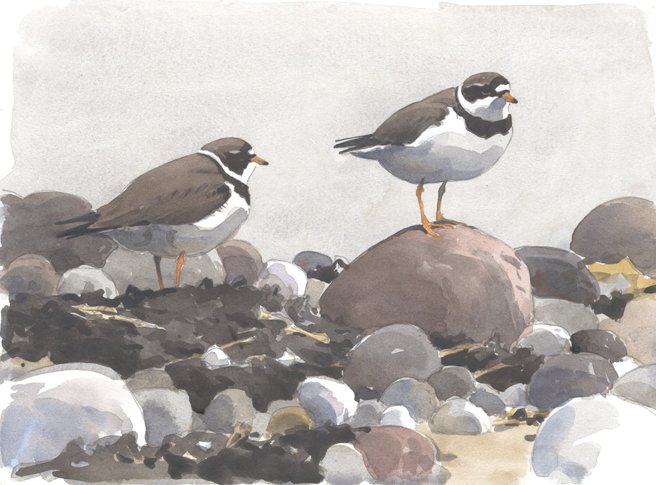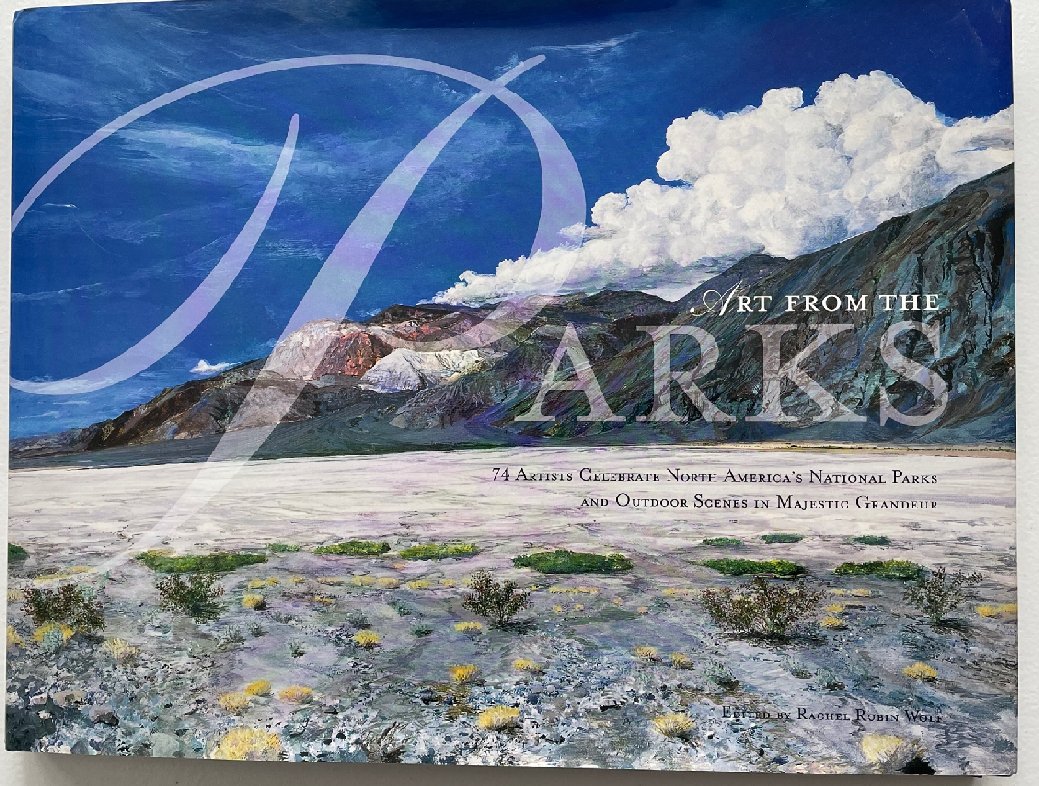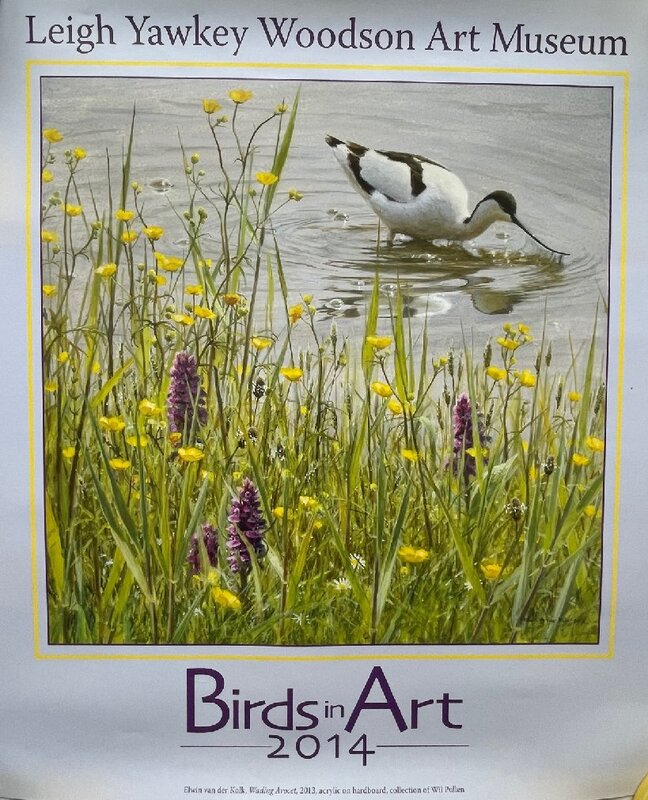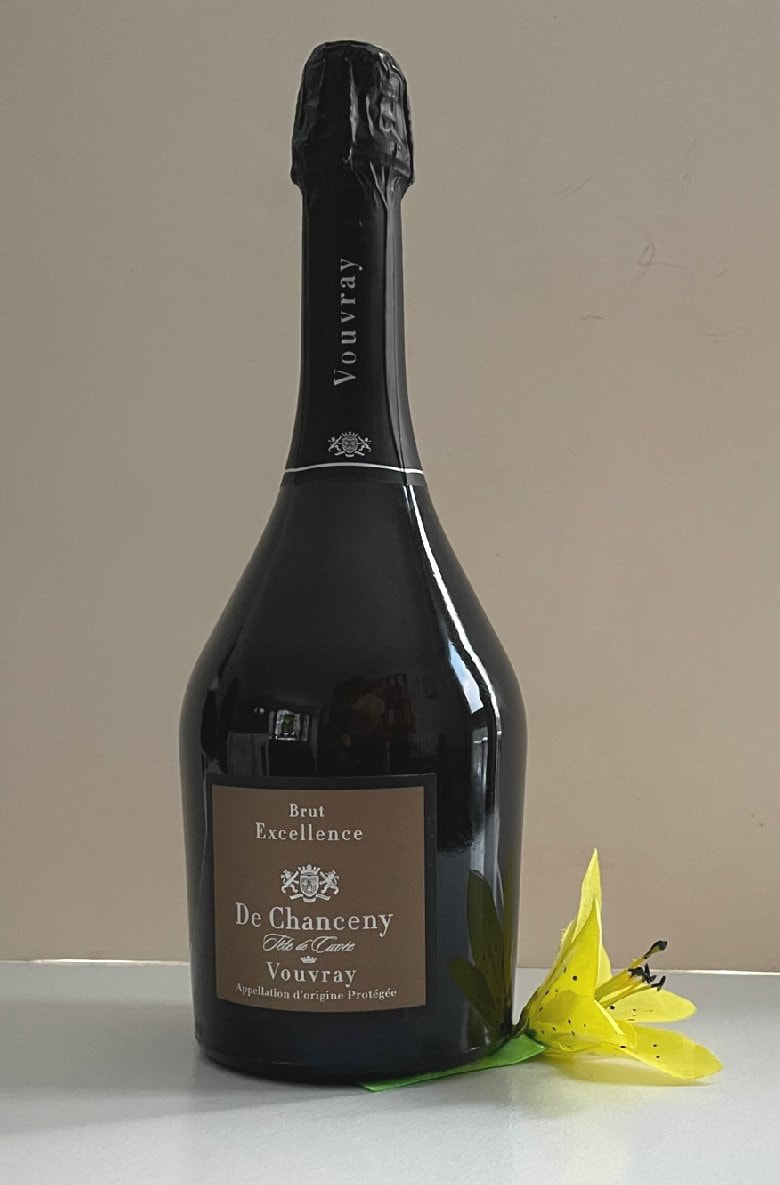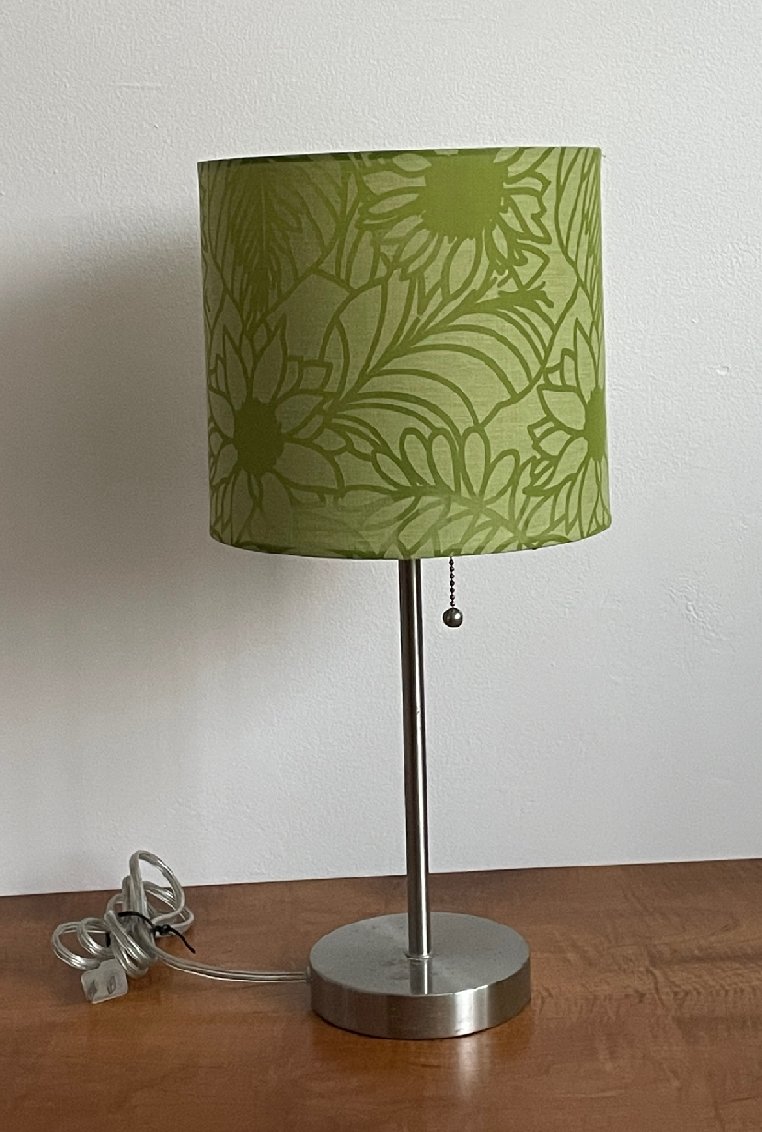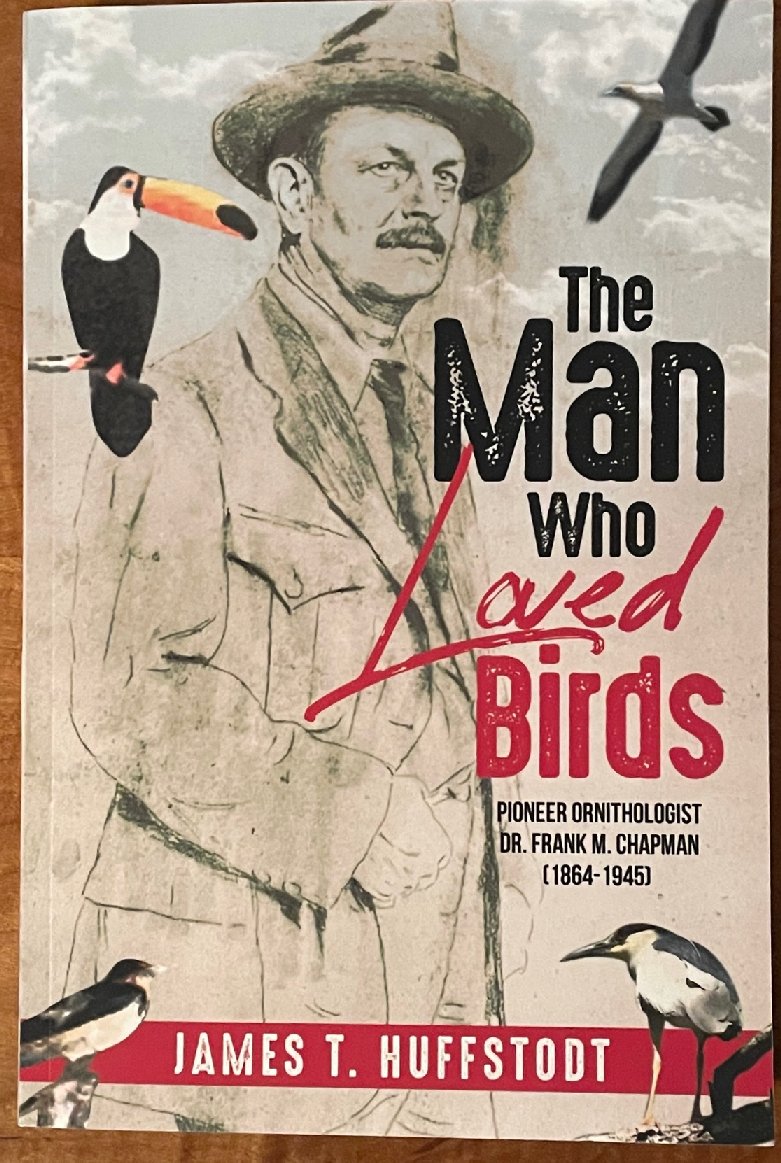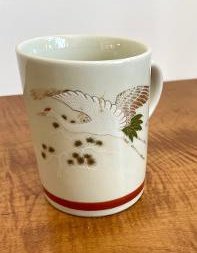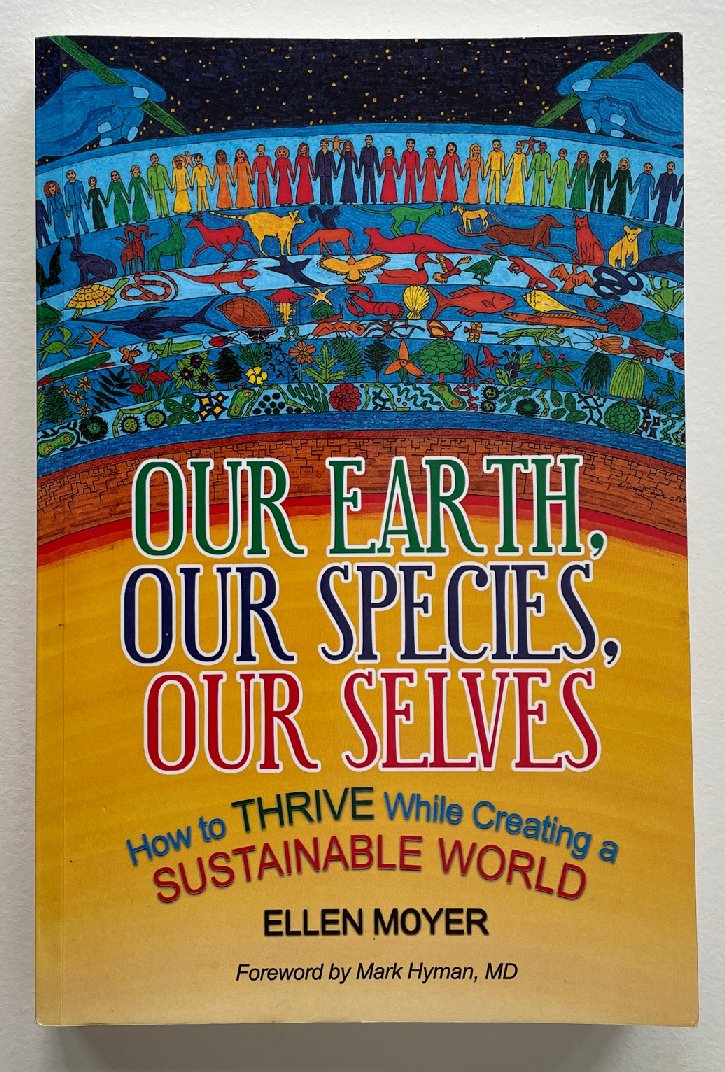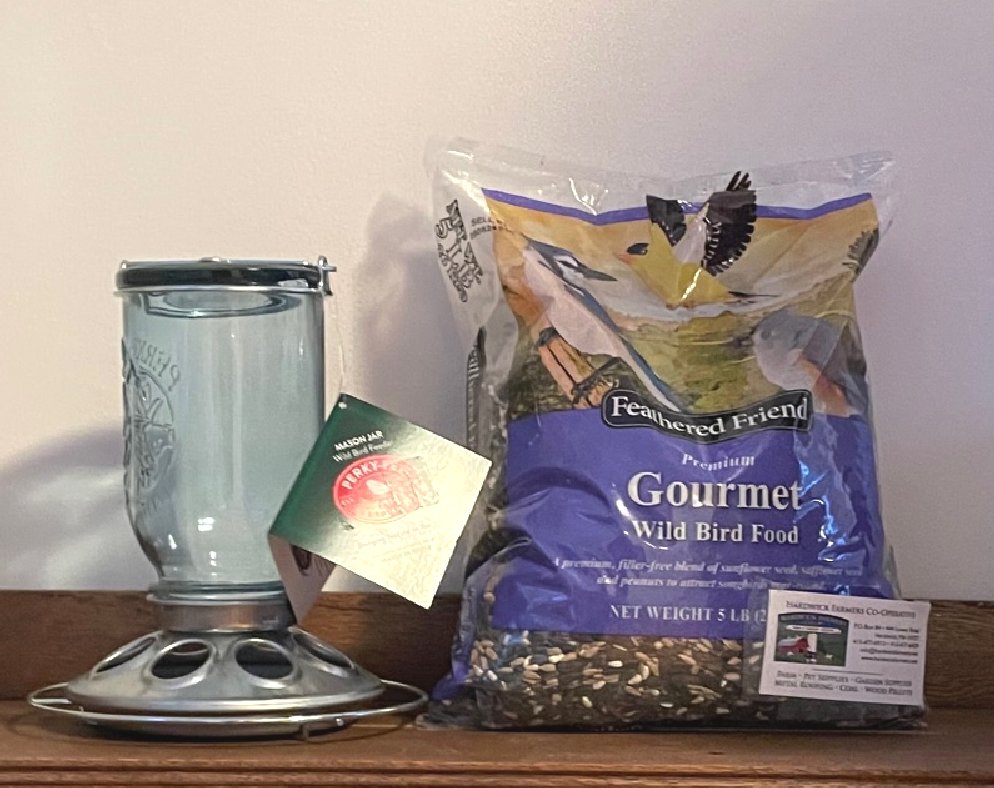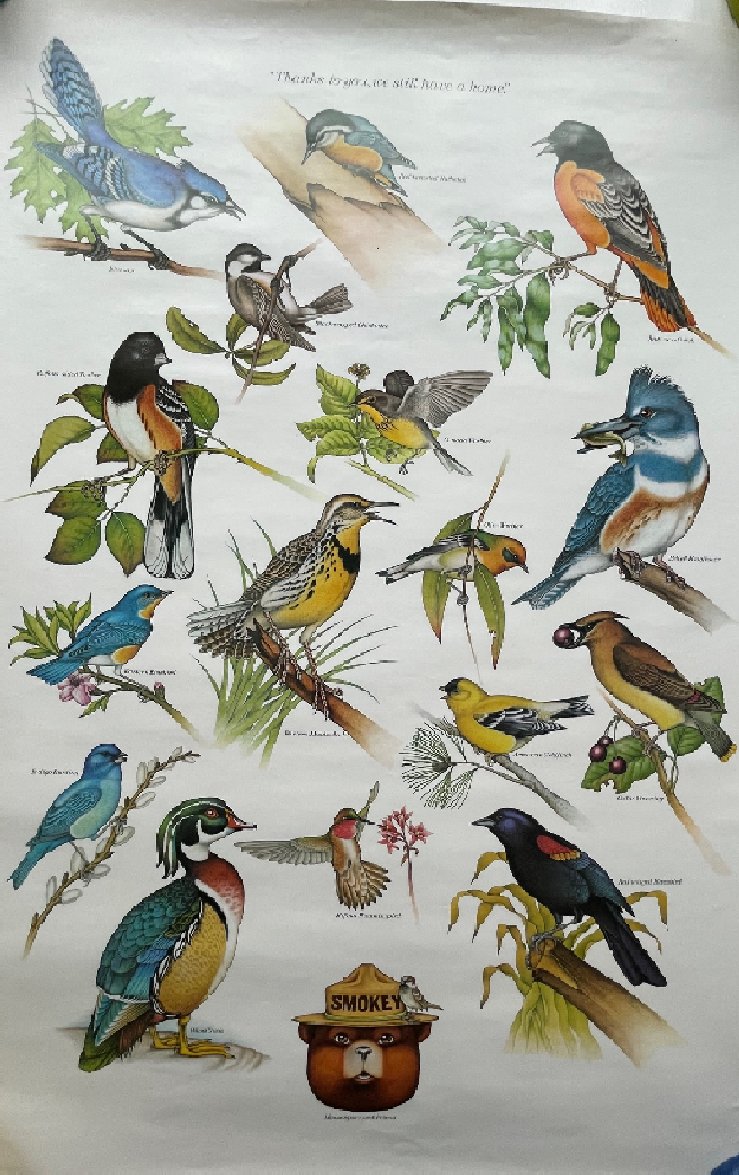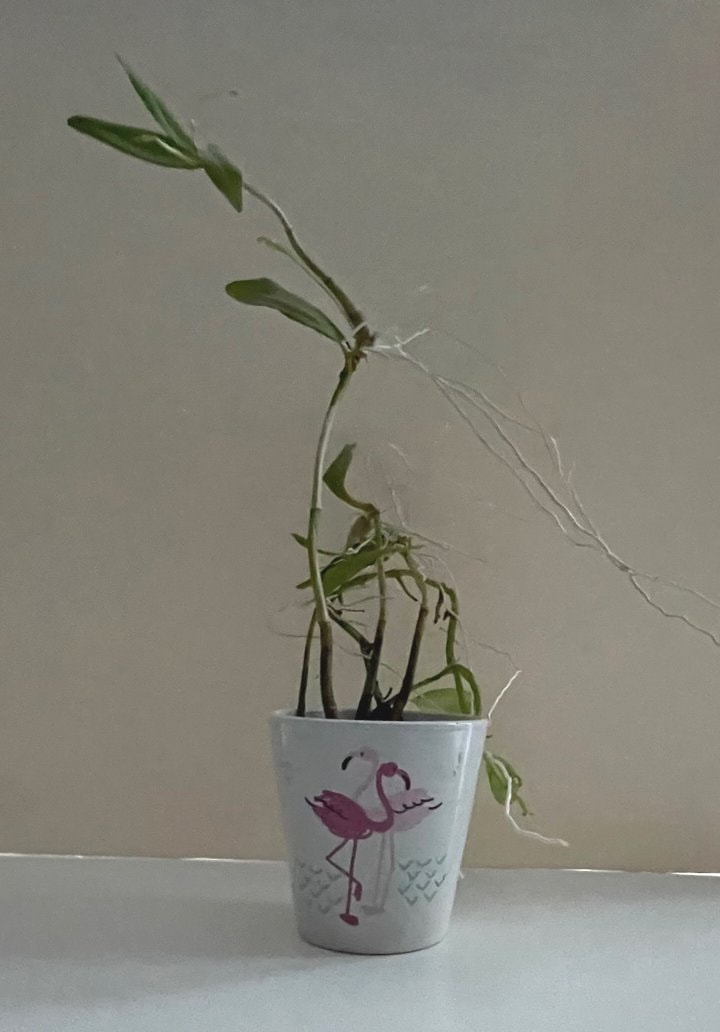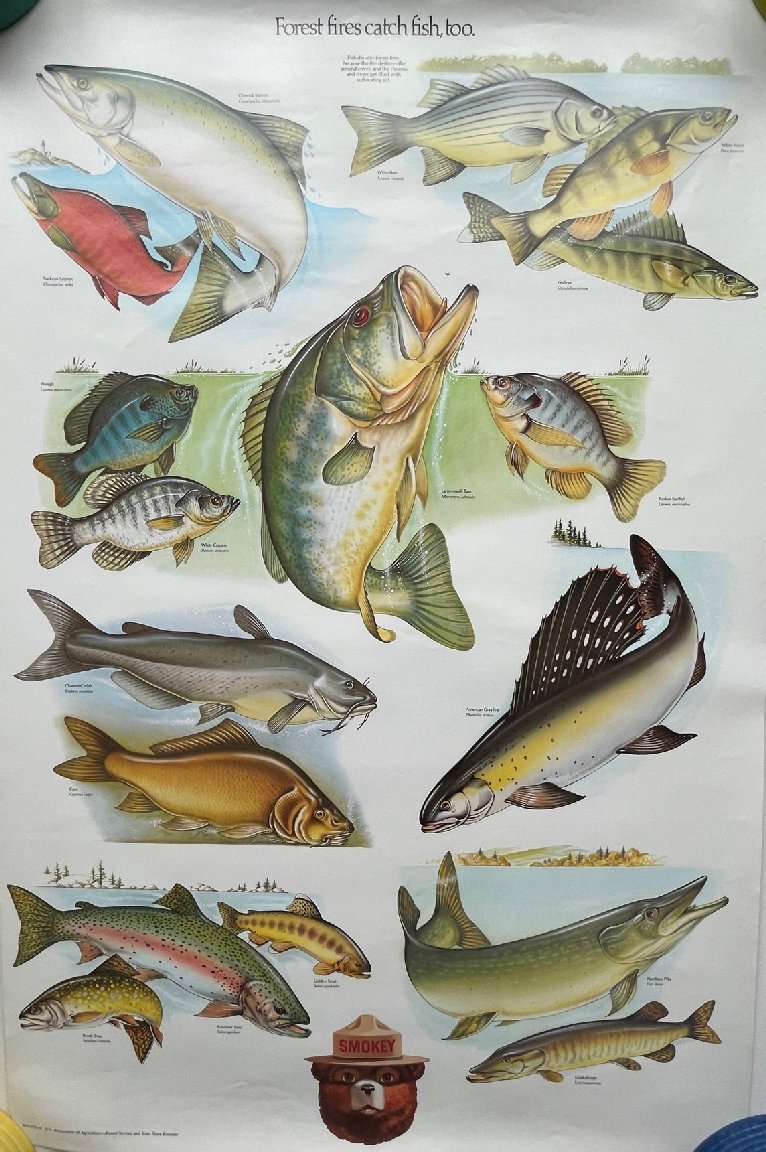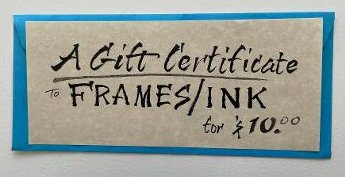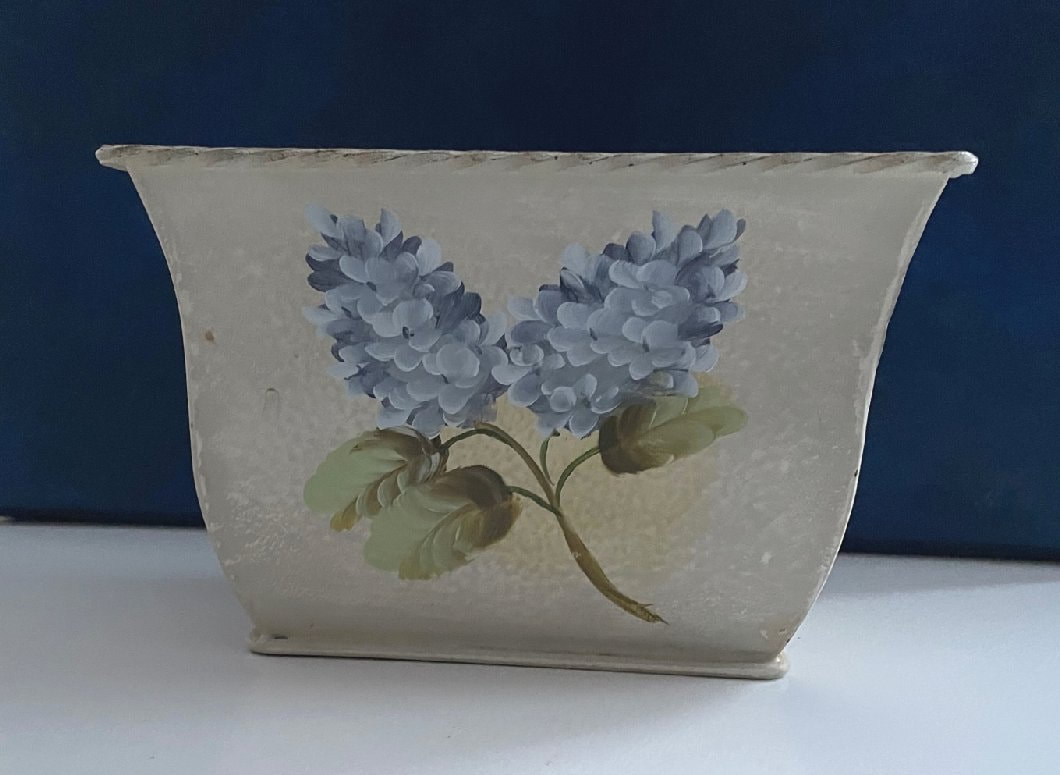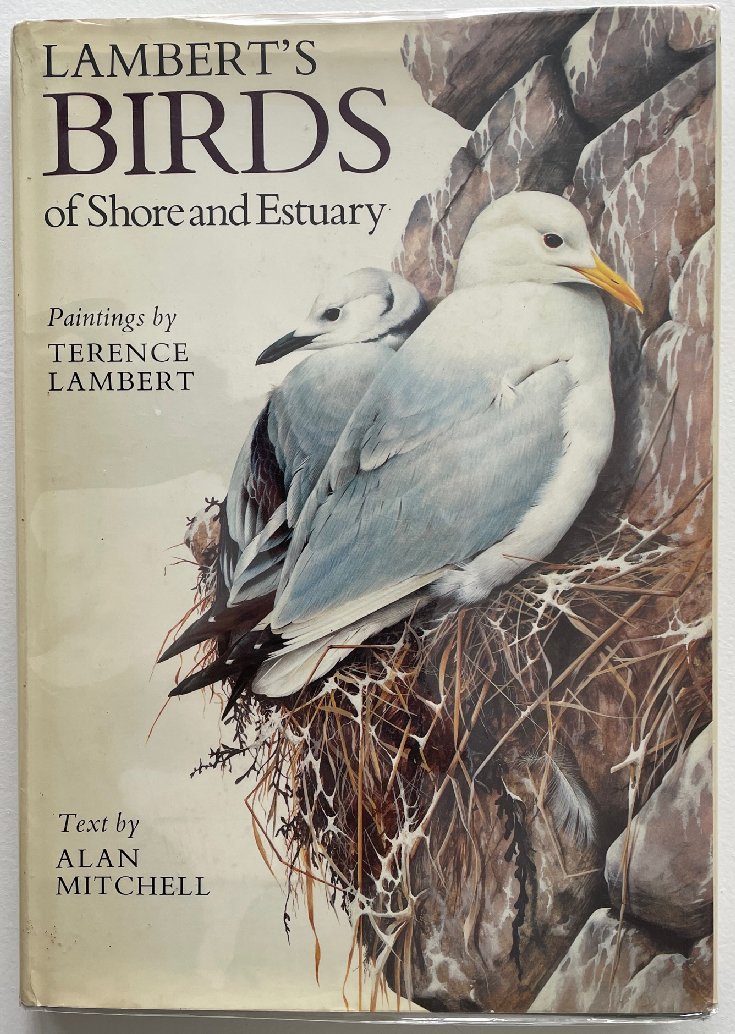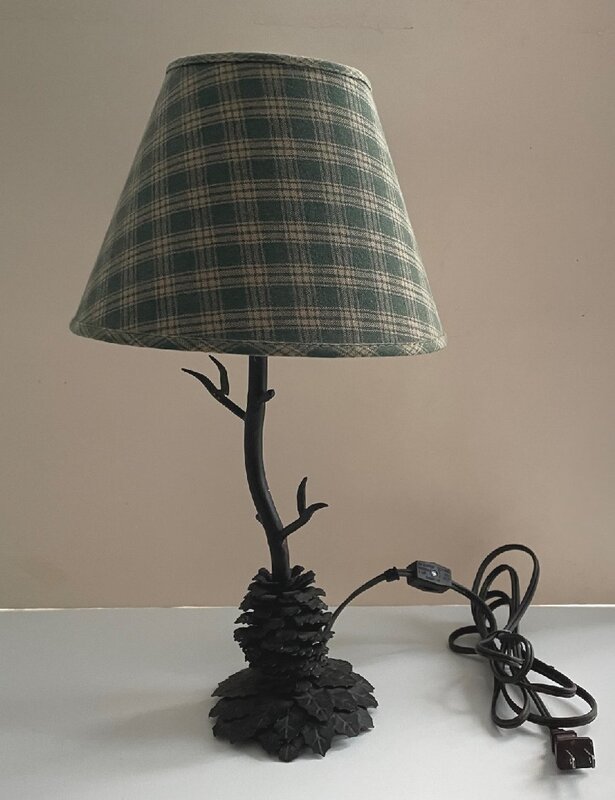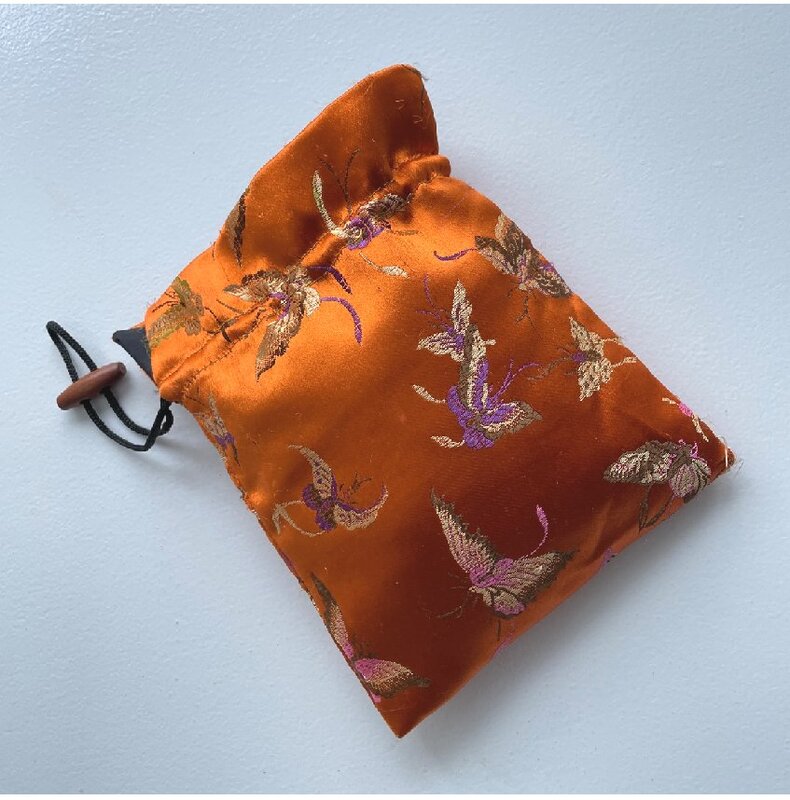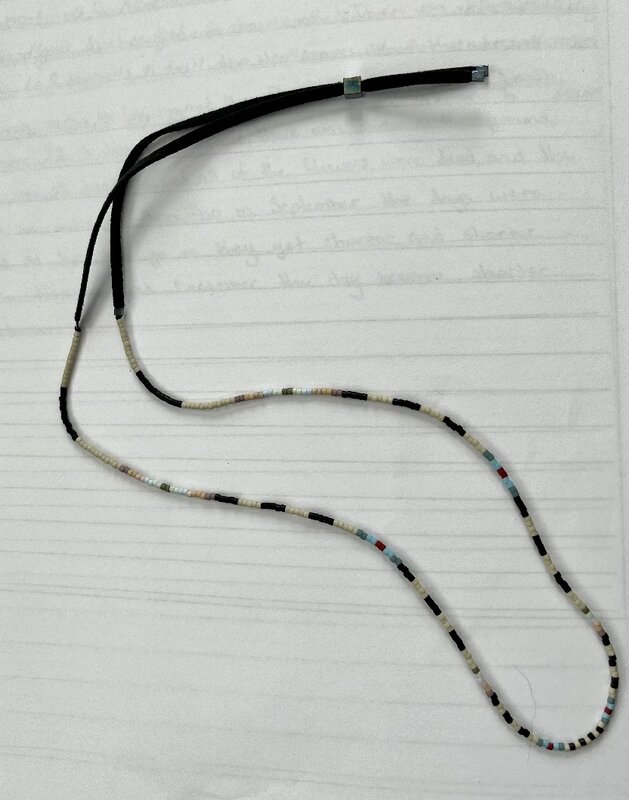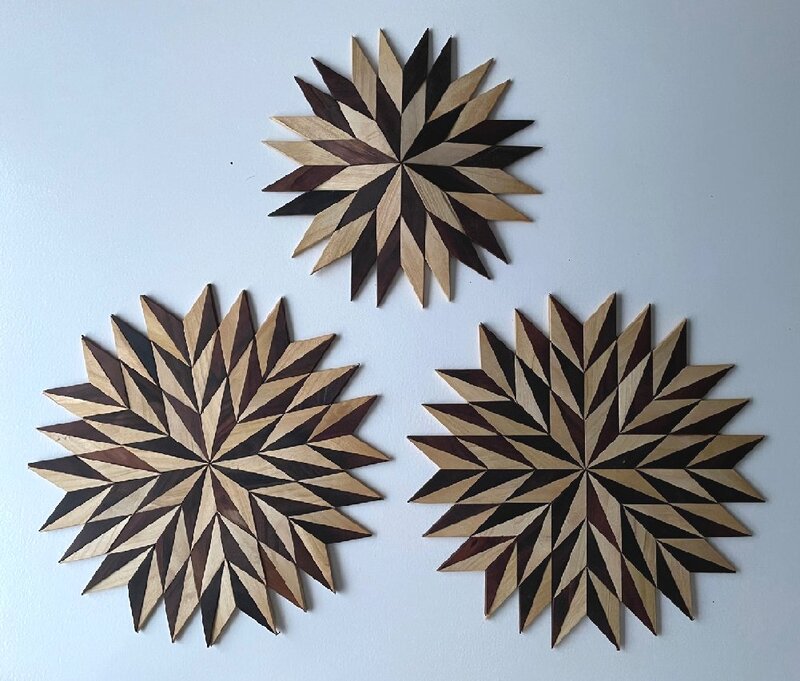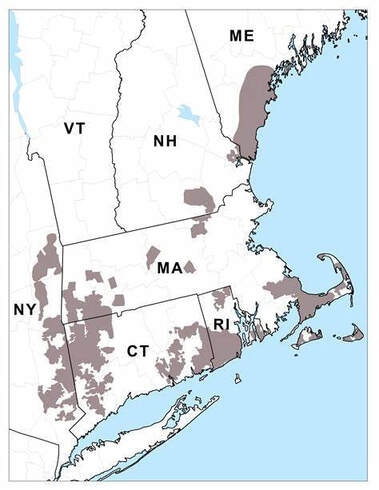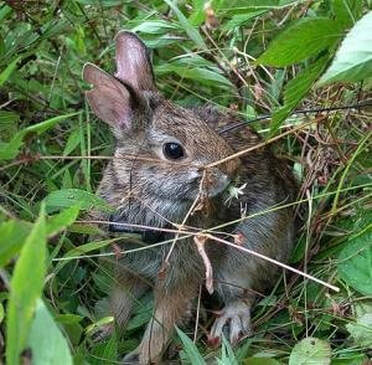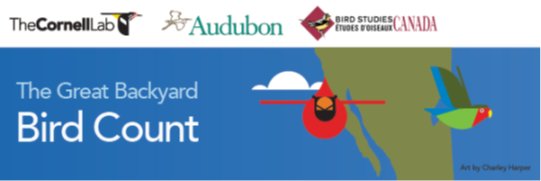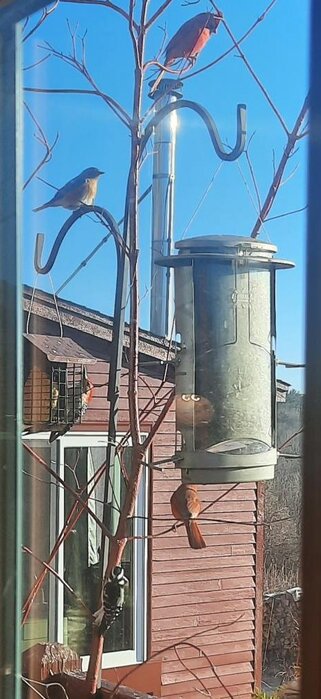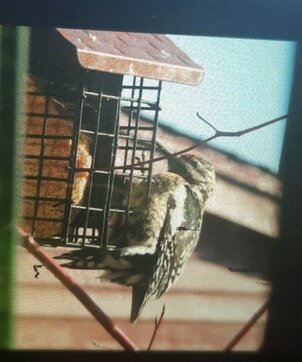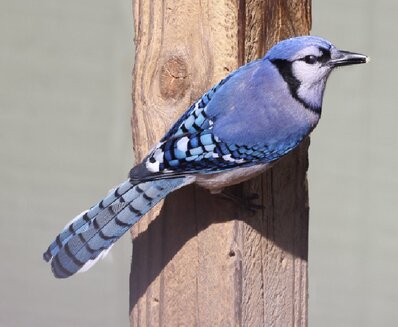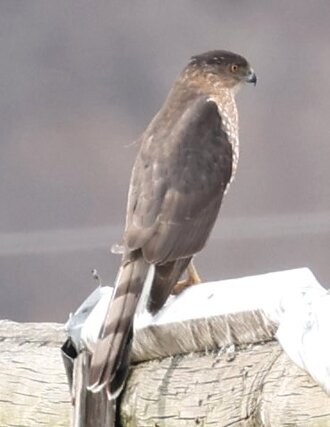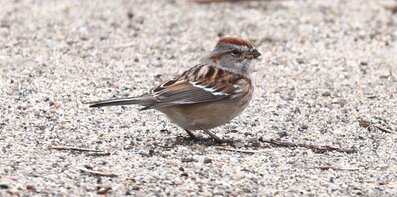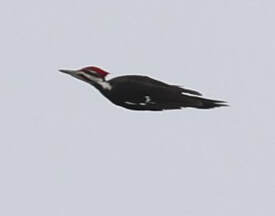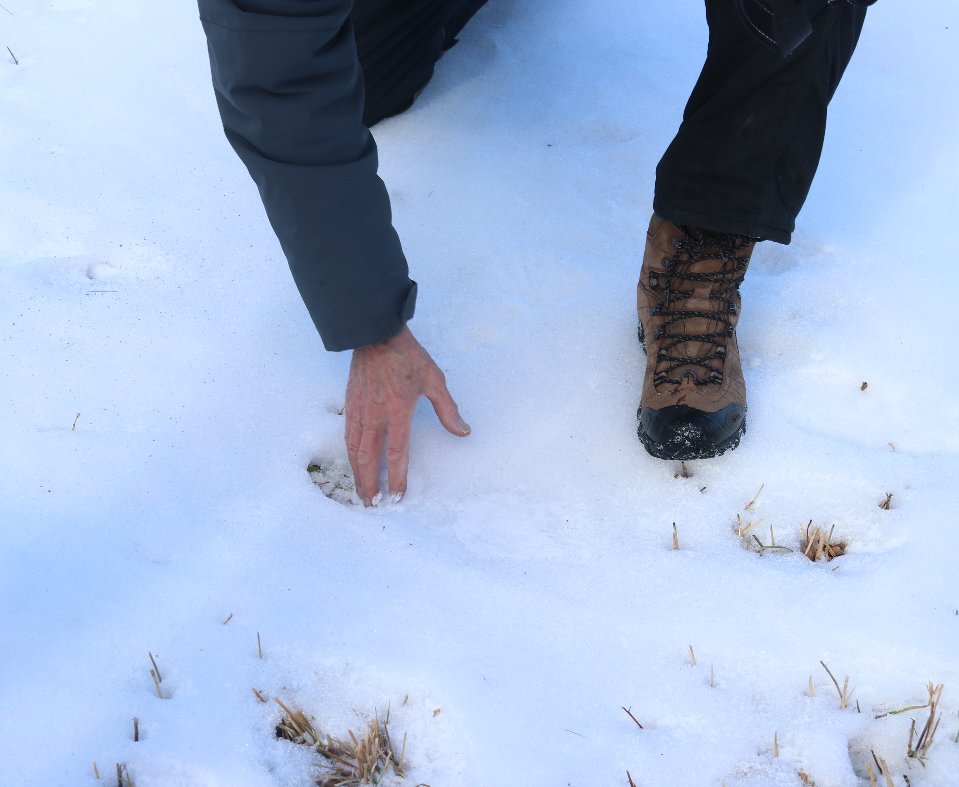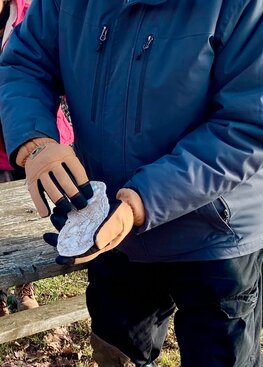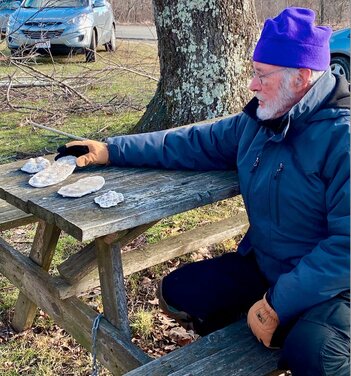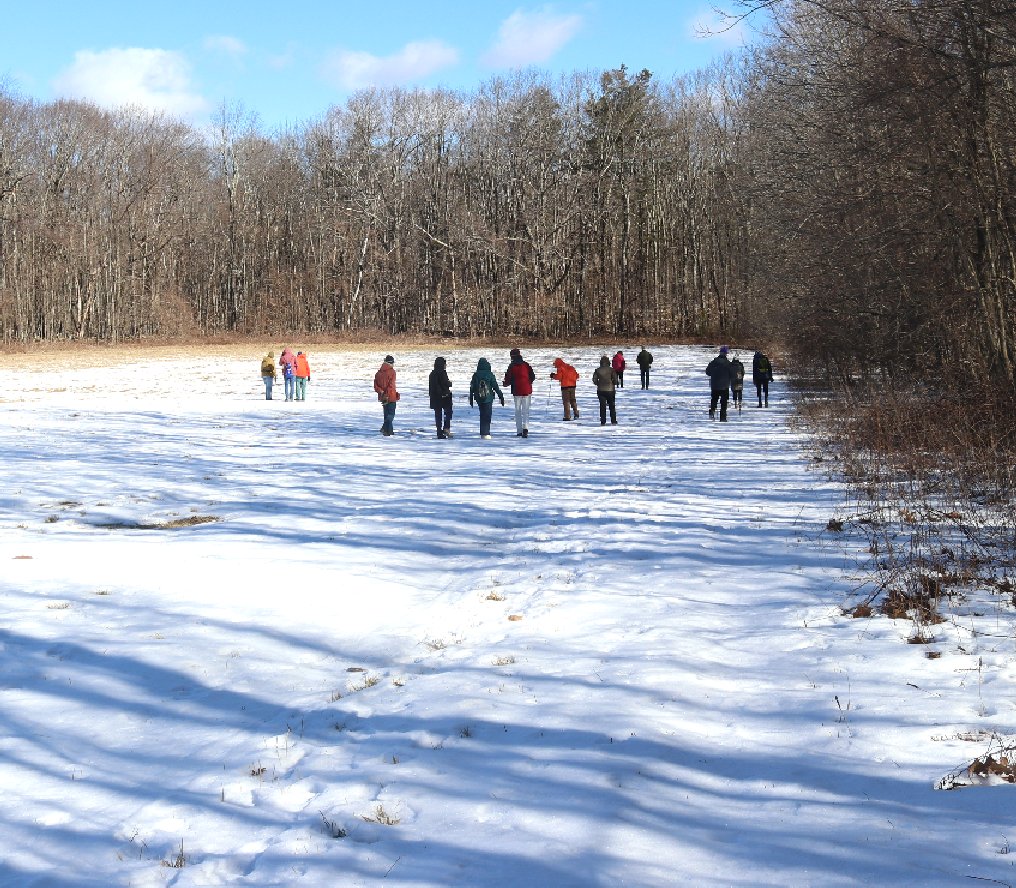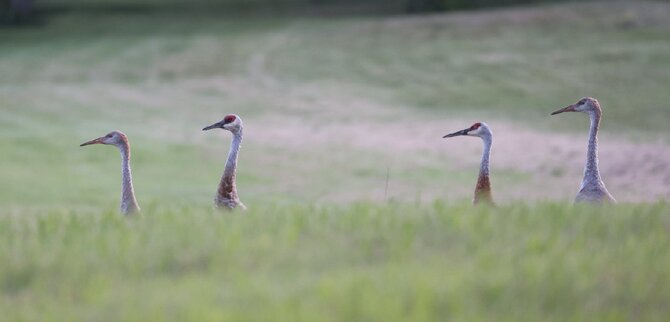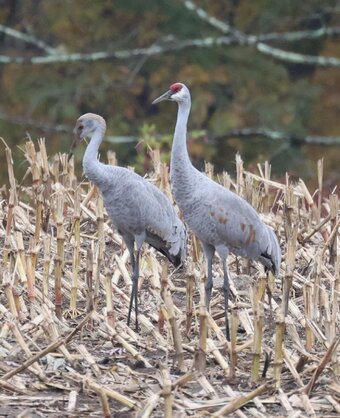>> PAST EVENTS <<
2023
National Audubon Society's 124th Christmas Bird Count December 14, 2023 to January 5, 2024
|
One of the most popular birding events is the annual Christmas Bird Count. Rarely held on the actual designated holiday itself, counts are scheduled to take place on various days surrounding 12/25, within the official count period noted above. Counting takes place anytime during the 24 hours, midnight-to-midnight. The goal is to find, identify, and count all birds within a 15-mile diameter “count circle." Find the count circle maps HERE
Consider taking part in a count this season. All are welcome! Compilers do their best to make sure that beginners join a group with at least one experienced birder. There are many options for covering an assigned area. Field counting is often accomplished by combining driving and walking, but, depending on conditions, participants may decide to bicycle, ski, or snowshoe. Birding entirely from within a vehicle is another option. Some people start at the crack of dawn, others even earlier for owling. Some are out until the very last minutes of daylight, while some folks can only dedicate a few hours. It's all good! You can even participate from home as long as you are within a CBC circle, counting birds that visit your feeders or are otherwise seen on your property. Check the circle map to be sure you are within the boundaries, and contact the compiler for instructions on how to proceed. |
Some compilers end the day with a meet-up, refreshments, and tally session. It's always fun sharing birding experiences and learning what birds were spotted throughout the day. Usually there are a few interesting stories, too!
We hope you’ll think about joining one or more of the local CBCs! Read about CBC history, science, and data at: https://www.audubon.org/conservation/science/christmas-bird-count |
|
STURBRIDGE CBC Thursday, December 14, 2023 Blizzard date: Friday, December 15th Compiler: Mark Lynch 508 799-9343 moa.lynch@charter.net WORCESTER CBC Saturday December 16, 2023 Snow/ice date: Sunday December 17th Compiler: John Liller 508 877-5770 john.liller@worcesteracademy.org ATHOL CBC Saturday December 16, 2023 Compiler: Dave Small 978 413-1772 dave@atholbirdclub.org |
UXBRIDGE CBC Sunday, December 17, 2023
Compiler: Strickland Wheelock 508-265-2896 skwheelock@yahoo.com GROTON-OXBOW CBC Sunday December 17,2023 Compiler: Jon Skinner 978-894-3698 jonrisk@gmail.com QUABBIN CBC Saturday December 30, 2023 Compiler: Scott Surner ssurner@aol.com WESTMINSTER CBC Monday January 1, 2024 Date subject to change depending on weather Compiler: Charles Caron 978-874-5649 caronenv@aol.com |
CONSERVATION OF
THE AMERICAN KESTREL
IN MASSACHUSETTS
with Drew Vitz, State Ornithologist
Massachusetts Division of Fisheries and Wildlife
Tuesday November 14, 2023 7 p.m.
Rutland Public Library , 280 Main St. (Rte. 122A) Rutland
|
One of Drew’s first projects as state ornithologist involved efforts to address the declining population of American Kestrels. In this presentation, we learned details about various conservation strategies. Drew described the ever-expanding nestbox program and information on partnerships developed to promote kestrels.
We also heard about a recently-launched tracking study utilizing the latest technological advances in wildlife monitoring and research. In decline for many years, the kestrel population in Massachusetts shows signs of a slowing of this decline, in part perhaps because kestrels are now occupying nestboxes provided for them and nesting successfully. Contact Drew at andrew.vitz@mass.gov to discuss placement of a kestrel nestbox in suitable open habitat. |
Drew has been the state ornithologist with MassWildlife since 2012. Since starting in the position, he has worked on many projects, addressing the conservation needs of grassland birds, marsh birds, forest songbirds, Bald Eagles, Peregrine Falcons, colonial nesting waterbirds, Piping Plover, and the Eastern Whip-poor-will. |
|
BIRDING &
NATURE HIKE HARVARD POND PETERSHAM Saturday November 4, 2023 9:30 a.m. - noon |
Our walk around this scenic pond gave us an opportunity to admire the beautiful golden hues of beech leaves and tamarack needles. The pond held many small groups of ducks, including Green-winged Teal, and we encountered good numbers of Dark-eyed Juncos and other woodland species. On the lookout for interesting fungi, we found many species still looking quite fresh. Most interesting to find were a few small colonies of Hydnum repandum, commonly known as the sweet tooth, wood hedgehog or hedgehog mushroom.
|
HIKING QUABBIN RESERVOIR RESERVATION:
5,000 MILES
with Jim Morelly
Wednesday October 25, 2023 7 p.m.
Rutland Public Library 280 Main Street (Route 122A)
What started out as casual hiking around the Quabbin Reservoir Reservation turned into Jim's quest to log 5,000 miles on foot while observing wildlife and taking photographs. He has set out numerous non-intrusive trail cameras enabling him to study wildlife behaviors, populations, and movement. This twelve-year journey has resulted in a wealth of unique wildlife experiences. Jim shared many exciting and amusing stories about these wildlife encounters, and treated us to a compilation of memorable photographs and stunning videos.
To follow Jim's terrific blog go to: hikingcamera.blogspot.com/
To follow Jim's terrific blog go to: hikingcamera.blogspot.com/
What can ants tell us about how organisms will respond to an increasingly warm and urban world? How, when and why can ants impact agroecosystems? In this talk, Dr. Mathis told two stories that show how important ants can be to helping us understand the ecology of our increasingly human dominated world. The talk highlighted research performed recently by members of her lab. In a Q & A session following the presentation, we learned more specific details about various ant species, including harvester ants and invasive Argentine and European fire ants.
Interactions between ants, plant communities, soil, and other insects and animals is complex, and during this program we learned about a few tiny pieces of the huge ecological puzzle!
Interactions between ants, plant communities, soil, and other insects and animals is complex, and during this program we learned about a few tiny pieces of the huge ecological puzzle!
|
Dr. Mathis earned a Bachelor of Arts in Insect Biology and Biochemistry from Hampshire College in Amherst, Massachusetts. She has a Ph.D. in Environmental Science, Policy and Management from the University of California, Berkeley where she studied trophic interactions between ants and their predators in Mexican coffee agroecosystems. After a NIH postdoctoral fellowship at the University of Arizona she joined the Biology Department at Clark University as an Assistant Professor of Ecology. Her research combines observational studies, manipulative field experiments, and chemical ecology techniques to examine the ecology of ants in human-managed ecosystems.
|
WOODLAND MUSHROOM WALK
|
This season has been a great one for a good variety of interesting and colorful fungi species. A few members joined us for this casual search and learned some common mushrooms and how to identify them. The main focus was on general knowledge of fungi characteristics and appearance, with very little emphasis on edibility, although there was some discussion about preferred "choice" edibles.
Some species found: Destroying angel (Amanita bisporigea) Golden spindles (Clavulinopsis fusiformis) Turkey tails (Trametes versicolor) Cinnabar polypore (Pycnoporus cinnabarinus) Red Russula species Witches butter jelly fungus (Tremella mesenterica) Tiger's eye polypore (Coltricia perennis) Crown-tipped coral (Artomyces pyxidatus) |
Leader Lindsay Gwyther is a huge mushroom enthusiast who went foraging for the first time in 2001 in Finland. Since then, she has endeavored to increase her knowledge of the fungal kingdom, ever eager to learn about all things co-existing in our shared natural environment. On the myco front, she is mostly self-taught, and has completed the Learn Your Land Foraging Wild Mushrooms online course and held membership in the Boston Mycological Club. |
|
This walk will provide an introduction to some of the common fall-flowering plants of central Massachusetts, with a particular focus on asters and goldenrods. We will take a close look at the key features that are needed to separate the different species of these familiar groups. If you have them, a hand lens and a copy of Newcomb’s wildflower guide will be useful. |
|
Robert Bertin is a professor emeritus of biology at College of the Holy Cross, where his teaching has included courses in Field Botany and Ecology. His recent research examines the flora of southern New England, and how it has changed over time due to land use changes, species introductions, and climate change. He is a co-author of monographs on the flora of Worcester and Franklin Counties, and is completing a 4-year project on the flora of Wachusett Mountain.
|
EAST QUABBIN LAND TRUST
PRINCE RIVER PRESERVE, BARRE
Saturday August 12, 2023 10 a.m.
Leader: Lindsay Gwyther
With very wet summer conditions came a colorful and abundant crop of fungi. Seven participants joined us for this casual walk to learn some common mushrooms and how to identify them. The main focus was on general knowledge of fungi characteristics and appearance, with very little emphasis on edibility.
We enjoyed many natural features and sightings besides mushrooms, including several stands of blooming Downy Rattlesnake Plantain (Goodyera pubescens), Common clubmoss (Lycopodium clavatum), the saprophytic Pinesap (Monotropa hypopitys), and at least one Wood Frog (Lithobates sylvaticus).
We enjoyed many natural features and sightings besides mushrooms, including several stands of blooming Downy Rattlesnake Plantain (Goodyera pubescens), Common clubmoss (Lycopodium clavatum), the saprophytic Pinesap (Monotropa hypopitys), and at least one Wood Frog (Lithobates sylvaticus).
Leader Lindsey Gwyther is a huge mushroom enthusiast who went foraging for the first time in 2001 in Finland. Since then, she has endeavored to increase her knowledge of the fungal kingdom, ever eager to learn about all things co-existing in our shared natural environment. On the myco front, she is mostly self-taught, and has completed the Learn Your Land Foraging Wild Mushrooms online course and held membership in the Boston Mycological Club.
|
SOME SPECIES OF FUNGI
IDENTIFIED ON THE WALK Black earth tongue (Glutinoglossum glutinosum) Scarlet waxy cap (Hygrocybe coccinea) Pepper milkcap (Lactifluus piperatus) Violet webcap or cort (Cortinarius violaceus) Amanita species Coral mushroom, probably Crown-tipped (Artomyces pyxidatus) Golden club or Golden spindles (Clavulinopsis fusiformis) Painted suillus (Suillus spraguei) Yellow-headed jelly baby (Leotia lubrica) Scrambled egg slime mold (Fuligo septica) Old man of the woods (Strobilomyces strobilaceus) Berkeley's polypore (Bondarzewia berkeleyi) Tiger's eye (Coltricia perennis) Hemlock varnish shelf or Hemlock reishi (Ganoderma tsugae) Bitter bolete ( Tylopilus felleus) Common earthball or pigskin poison puffball (Scleroderma citriunum) |
INTRODUCTION TO
MOTHS & “MOTHING”
Willow Farm, Ware
Wednesday July 26,2023 7:30 p.m. – dark
Leader: Brian Klassanos
After several years of dedicated hard work and study of hundreds of moths found where he lives, Brian has become a self-taught expert on techniques for attracting and identifying moths. His ID skills are top-notch, and he’s found
many rare and locally-uncommon species on his property.
A small group of participants with different levels of experience concerning moth identification spent a casual evening talking about mothing techniques and ID resources. As darkness--and many mosquitoes!--set in, we watched for moths to show up at Brian's lighted sheets. On this particular evening many other species of insects also visited the sheets, including grapevine beetles, dobsonflies, and many species of mayflies. A few of the beautiful moths that were attracted to the lights were photographed and are shown below.
many rare and locally-uncommon species on his property.
A small group of participants with different levels of experience concerning moth identification spent a casual evening talking about mothing techniques and ID resources. As darkness--and many mosquitoes!--set in, we watched for moths to show up at Brian's lighted sheets. On this particular evening many other species of insects also visited the sheets, including grapevine beetles, dobsonflies, and many species of mayflies. A few of the beautiful moths that were attracted to the lights were photographed and are shown below.
|
We did some slow-paced birding on a beautiful clear and sunny day with low humidity and found a few midsummer wildflowers, dragonflies, and butterflies.
Due to the pattern of high rainfall this year and over the past few days, water levels on the river and connected waterways were extremely high. Also, storms had caused significant washouts and gullies of the roadways. The gates on the roads in the watershed were all closed. We changed the planned route somewhat but had the experience that was planned. While this can be a good time of year to encounter adult birds with their fledglings as well as solitary adults that have dispersed from their breeding grounds, we didn't notice any post-breeding dispersal. This year's unusually high level of rain may have affected nesting schedules. Many common breeding species of the area were singing. The only known immature birds we encountered were two juvenile Bald Eagles. Butterfly species seen included Common Wood Nymphs, Red-spotted Purple, and a large number of Pearl Crescents. Dragonflies were Slaty Skimmer and Eastern Pondhawk. To see a complete bird list, go to: https://ebird.org/checklist/S145511820 |
Monthly program:
EXPLORING
the DCR WARE RIVER WATERSHED
PRISON CAMP AREA RUTLAND
with Ken Canfield, Chief Forester
for Quabbin/Ware River Watersheds
& Maria Beiter-Tucker
Interpretive Services,
DCR Division of Water Supply and Protection
Wednesday May 31, 2023 5:45 p.m.
This month’s educational program took place outdoors with guides Ken and Maria, who shared information about the land use history and management goals for this interesting segment of watershed property. We’ll learn a bit about the ecology of the wetland system, forested sections, and fields. This area is popular with hikers, birders, and others who enjoy the outdoors, and Club volunteers monitor and maintain nestboxes at the site.
BIOMAP: BRINGING CONSERVATION TO COMMUNITIES IN MASSACHUSETTS
with Alec Kaisand and Sarah Wasserman
BioMap Outreach Specialists
MA Division of Fisheries & Wildlife
Wednesday April 26, 2023 7 p.m.
Rutland Public Library in-person & via ZOOM
We enjoyed a presentation about the newly-enhanced BioMap from the Massachusetts Division of Fisheries and Wildlife (MassWildlife) and The Nature Conservancy in Massachusetts. BioMap is an online resource that identifies critical land and waterways throughout Massachusetts most in need of conservation. BioMap’s comprehensive approach identifies the most critical habitats for rare species, fish, and wildlife, along with intact and climate resilient ecosystems and landscapes. It includes regional connectivity data, statewide conservation priorities, and resources unique to each municipality
for making informed local decisions.
Sarah and Alec covered what’s new with BioMap, we tried a couple of live demonstrations, and there was plenty of time for questions and discussion.
To access a wealth of information about important biological areas of any town or city in Massachusetts, go to:
https://biomap-mass-eoeea.hub.arcgis.com/
for making informed local decisions.
Sarah and Alec covered what’s new with BioMap, we tried a couple of live demonstrations, and there was plenty of time for questions and discussion.
To access a wealth of information about important biological areas of any town or city in Massachusetts, go to:
https://biomap-mass-eoeea.hub.arcgis.com/
EARLY SPRING BIRD & NATURE WALK
QUABBIN GATE 43 HARDWICK
Sunday March 26, 2023 9:30 a.m.
QUABBIN GATE 43 HARDWICK
Sunday March 26, 2023 9:30 a.m.
Eight members and friends joined us on this sunny day for an easy and scenic walk along the paved roadway to Fishing Gate 3. Postponed from 3/19 due to cold and blustery weather on that date, the field trip to explore areas exposed to the open water of the reservoir was more pleasant than it would have been. We checked the Shaft 11A cove and the boat launch area for ducks. At least four Bald Eagles were seen, but two Golden Eagles that were in the area 8-9 days ago didn't show up. Passerines were scarce, but one Eastern Phoebe was found in a warm, south-facing spot that was sheltered from the wind. Very little other wildlife sign was obvious since no snow remained on the ground, and water level was high enough to obscure mud along the shoreline.
The checklist of birds seen: https://ebird.org/checklist/S131931332
The checklist of birds seen: https://ebird.org/checklist/S131931332
ANNUAL DINNER MEETING
& SILENT AUCTION
SUNDAY MARCH 12, 2023
Noon- 4:30 p.m.
Harvard Forest ~ Fisher Museum
WE CELEBRATED OUR TENTH YEAR!
BEE-DAZZLED!
AN EXPLORATION OF THE BEAUTY AND DIVERSITY OF MASSACHUSETTS BEES
by Michael Veit
|
Massachusetts’ list of almost 400 bee classes includes a surprising diversity. They display a wide range of lifestyles that are reflected in both their physical structure and behaviors. In his presentation Michael explored the variety of Massachusetts bees through the window of structural diversity. He provided stunning close-up looks at how some species are adapted to different aspects of their life history including pollen gathering, host plant specificity, nesting, and brood parasitism. Thank you to Michael for
an excellent presentation about these beautiful and fascinating creatures. |
Michael is a retired high school-level biology teacher with a degree in entomology. For the past
15 years he’s occupied his summers largely by traveling throughout Massachusetts, and around much of New England surveying, documenting, and exploring bee diversity. He’s made a number of exciting discoveries, for example being the first to find associations between certain kleptoparasite species and their hosts. In addition, he has been the first to document the presence of various species in New England. His studies culminated in authoring a recent publication that includes the first county-level checklist of Massachusetts bees. |
BEYOND FLOWERS:
HOST AND NESTING NEEDS OF
FLOWER-VISITING ARTHROPODS
by Adam Kohl
|
Adam reviewed a variety of specific flower-visiting insects photographed and collected in Wendell, Massachusetts, with an emphasis on unusual species with unexpected host and nesting needs. Sharing an excellent collection of his own photographs, he focused moths, beetles, flies, wasps, and sawflies that may be found in our yards and gardens if we provide the right environment and take the time to look for them. Many thanks to Adam for sharing his unique discoveries of some of our often-overlooked backyard creatures.
Adam Kohl is a skilled naturalist with professional experience as a field botanist, entomological surveyor, and plant propagator. He has worked as an independent contractor for Norcross Sanctuary, Maine Audubon, Gegear Lab, and Landscape Interactions, among others. He also worked as a seed collector and propagation and nursery assistant at Native Plant Trust. Currently Adam serves as the conservation agent for the towns of Leverett and Wendell.
|
THANK YOU
to all who helped make our Silent Auction a big success!
The Club raised more than $400 at this year's silent auction.
Many items in the unique assortment of offerings found good homes.
Thank you to the following members and friends for their support:
Ed Armstrong & Wanda Roguski; Christy Barnes; George, Maria, and Elizabeth Barnes; Beverly Chase; FRAMES INK, Anne Greene, HARDWICK FARMERS COOP, Wendy Howes, Martha Klassanos, Alice Livdahl, Ted & Cindy Purcell,
Barry & LIsa Van Dusen, Scott Wahlstrom.
Many items in the unique assortment of offerings found good homes.
Thank you to the following members and friends for their support:
Ed Armstrong & Wanda Roguski; Christy Barnes; George, Maria, and Elizabeth Barnes; Beverly Chase; FRAMES INK, Anne Greene, HARDWICK FARMERS COOP, Wendy Howes, Martha Klassanos, Alice Livdahl, Ted & Cindy Purcell,
Barry & LIsa Van Dusen, Scott Wahlstrom.
Very special thanks to Dave Small and Alan Rawle
for their technical support and expertise.
SOLD!
NEW ENGLAND COTTONTAIL CONSERVATION:
|
Wednesday, February 22, 2023
|
SATURDAY FEBRUARY 18, 2023 8 - 11 a.m.
BACKYARD CROWD-SOURCE EFFORT
Led by Ted Purcell
Four participants--two from Princeton, one from Rutland, one from Hardwick--submitted sightings.
Highlights were a Yellow-bellied Sapsucker (Bobbye Samdahl) and a Hooded Merganser pair (Jennifer Hilton), both in Princeton.
Totals are below. Numbers are in this order: Rutland, Princeton1, Hardwick, Princeton2
BACKYARD CROWD-SOURCE EFFORT
Led by Ted Purcell
Four participants--two from Princeton, one from Rutland, one from Hardwick--submitted sightings.
Highlights were a Yellow-bellied Sapsucker (Bobbye Samdahl) and a Hooded Merganser pair (Jennifer Hilton), both in Princeton.
Totals are below. Numbers are in this order: Rutland, Princeton1, Hardwick, Princeton2
|
Canada Goose 0, 0, 2, 0 = 2
Hooded Merganser 0, 0, 0, 2 = 2 Turkey Vulture 0, 1, 0, 0 = 1 Mourning Dove 3, 2, 1, 0 = 6 Red-bellied Woodpecker 1, 2, 2, 1 = 6 Yellow-bellied Sapsucker 0, 1, 0, 0 = 1 Downy Woodpecker 2, 2, 2, 1 = 7 Hairy Woodpecker 1, 1, 1, 1 = 4 Blue Jay 15, 4, 16 = 35 American Crow 0, 0, 0, 7 = 7 Common Raven 0, 0, 0, 1 = 1 Black-capped Chickadee 6, 7, 10, 2 = 25 Tufted Titmouse 1, 3, 3, 4 = 11 Red-breasted Nuthatch 1, 2, 1, 2 = 6 White-breasted Nuthatch 4, 3, 1, 2 = 10 |
Red-breasted Nuthatch 1, 2, 1, 2 = 6
White-breasted Nuthatch 4, 3, 1, 2 = 10 Carolina Wren 0, 1, 1, 0 = 2 European Starling 15, 0, 1, 0 = 16 Eastern Bluebird 0, 3, 0, 2 = 5 American Robin 15, 0, 0, 0, = 15 House Finch 3, 6, 0, 0 = 9 Purple Finch 0, 4, 0, 0 = 4 American Goldfinch 0, 4, 2, 0 = 6 Dark-eyed Junco 21, 2, 3, 2 = 28 Song Sparrow 0, 0, 0, 1 = 1 Red-winged Blackbird 1, 0, 2, 0 = 3 Northern Cardinal 2, 2, 2, 2 = 8 |
GREAT BACKYARD BIRD COUNT PART TWO:
BIRDING IN RUTLAND
Sunday February 19, 2023 8 - noon
Leader: Ted Purcell
BIRDING IN RUTLAND
Sunday February 19, 2023 8 - noon
Leader: Ted Purcell
Not only is Rutland the highest Massachusetts town between the Berkshires and the Atlantic and the geographical center of the state; it’s also the town that graciously hosts our monthly educational programs (at the public library) and many of our field trips. We thought it a logical place to conduct the Club’s annual Great Backyard Bird Count birding effort.
Five participants checked a variety of locations and generated five eBird checklists. Highlights were a Killdeer, a Cooper's Hawk, and Horned Larks at Jordan's Dairy Farm; Pileated Woodpecker at the Old Rutland Heights Hospital property; and a Bald Eagle at Long Pond.
https://ebird.org/checklist/S128994876 ebird.org/checklist/S129003747
https://ebird.org/checklist/S128997872 ebird.org/checklist/S129006668
https://ebird.org/checklist/S128998900
Five participants checked a variety of locations and generated five eBird checklists. Highlights were a Killdeer, a Cooper's Hawk, and Horned Larks at Jordan's Dairy Farm; Pileated Woodpecker at the Old Rutland Heights Hospital property; and a Bald Eagle at Long Pond.
https://ebird.org/checklist/S128994876 ebird.org/checklist/S129003747
https://ebird.org/checklist/S128997872 ebird.org/checklist/S129006668
https://ebird.org/checklist/S128998900
|
On this walk we searched for the tracks and sign of indigenous wild animals that we worked to identify and interpret for behavior. Usually concealed by foliage and the night, these animals left behind information which we examined, hoping to gain insight into their hidden lives.
Bright sun was a welcome feature of the day, but a cold wind made participants glad they had worn extra layers. Tracking conditions were challenging to say the least. Remnants of frozen snow remained in the woods and less sunny sections of the fields. Tracks, although present, had deteriorated. Still, David was able to guide participants to determine that we were seeing foot- or hoof-prints of deer, coyote, and raccoon. David explained how to recognize domestic versus wild canine tracks. He provided guidelines regarding distance between track impressions as a help in identifying the track's maker. In one instance, David pointed out features of a small rodent tunnel revealed by the melting snow that led to likely identification of the animal as a short-tailed shrew. The scat of deer and a couple of other animals that had been left behind provided opportunity for learning about dietary habits of various mammals. Although a wide variety of tracks and signs weren't encountered, David was able to teach us numerous little-known facts about the creatures we rarely see. Walk leader David Brown is a well-known tracker with several decades of experience tracking and interpreting the wildlife of New England and the Southwest. He is the author of two books on wildlife tracking and a set of field-usable identification cards. In the past 30 years he has led hundreds of outdoor tracking programs. |
THREE YEARS IN THE LIVES OF
HARDWICK’S SANDHILL CRANES
by Alan F. Rawle
[Online only via ZOOM due to inclement weather.]
Wednesday January 25, 2023 7 p.m.
|
Since May 2020, Alan and his wife Wendy have been following the behaviors
and activities of a pair of Sandhill Cranes in Hardwick. In this program, Alan described successful and unsuccessful nestings documented over that period. The talk first provided a background to the history of sandhill cranes in New England, noting the increased numbers in the region since 2000 or so, and then focus on detailed observations of the pair of cranes that have been encountered in Hardwick over a 3-year period. Alan diligently pieced together the timescales & locations of the crane family --2 adults and 2 young/juveniles (colts)-- for the past 2 years (2021 & 2022). The presentation included pictures of cranes eating, walking, flying, bathing, and “at play” over the 3-year period, together with other pertinent and relevant information. |
